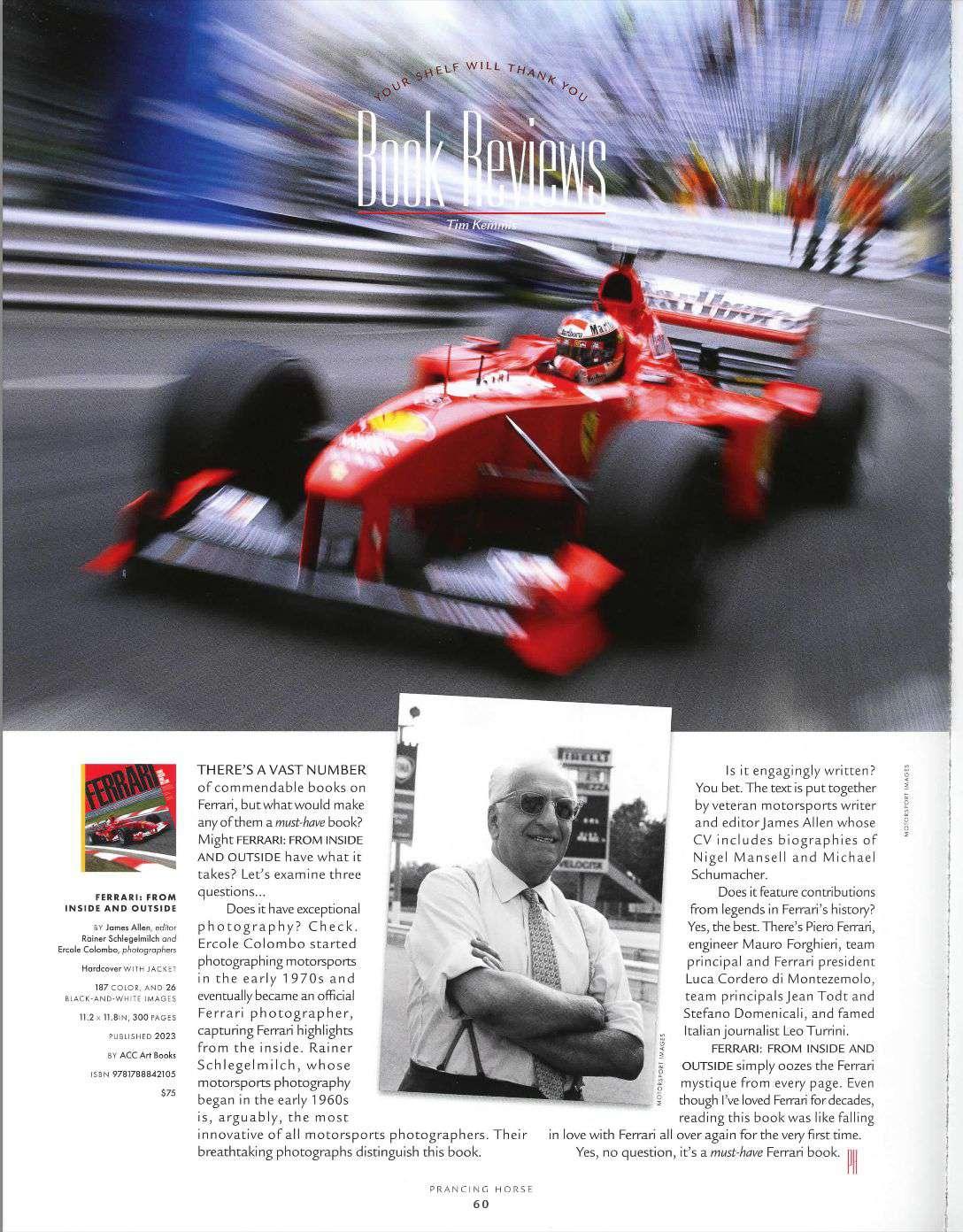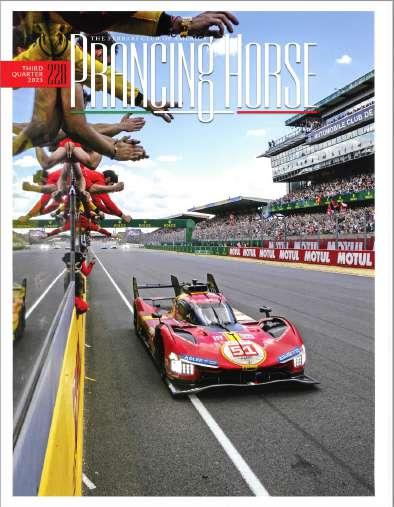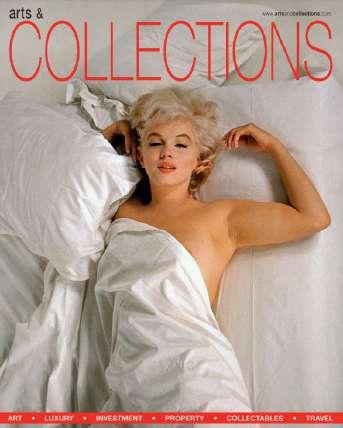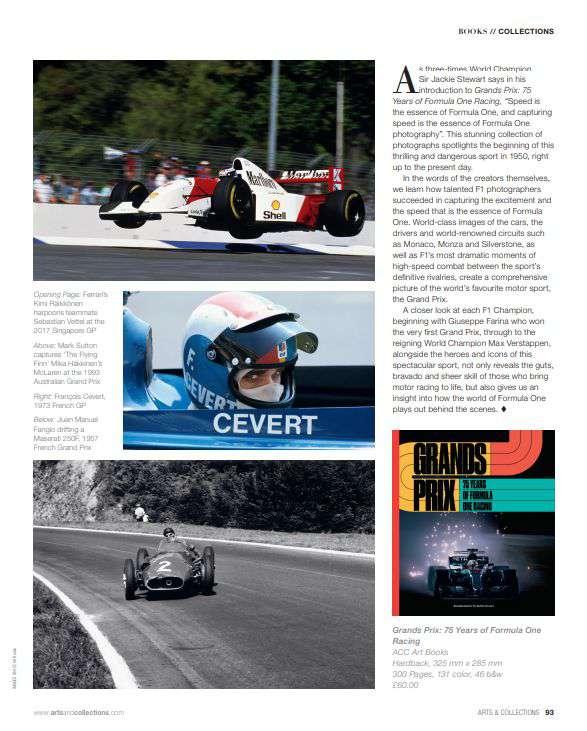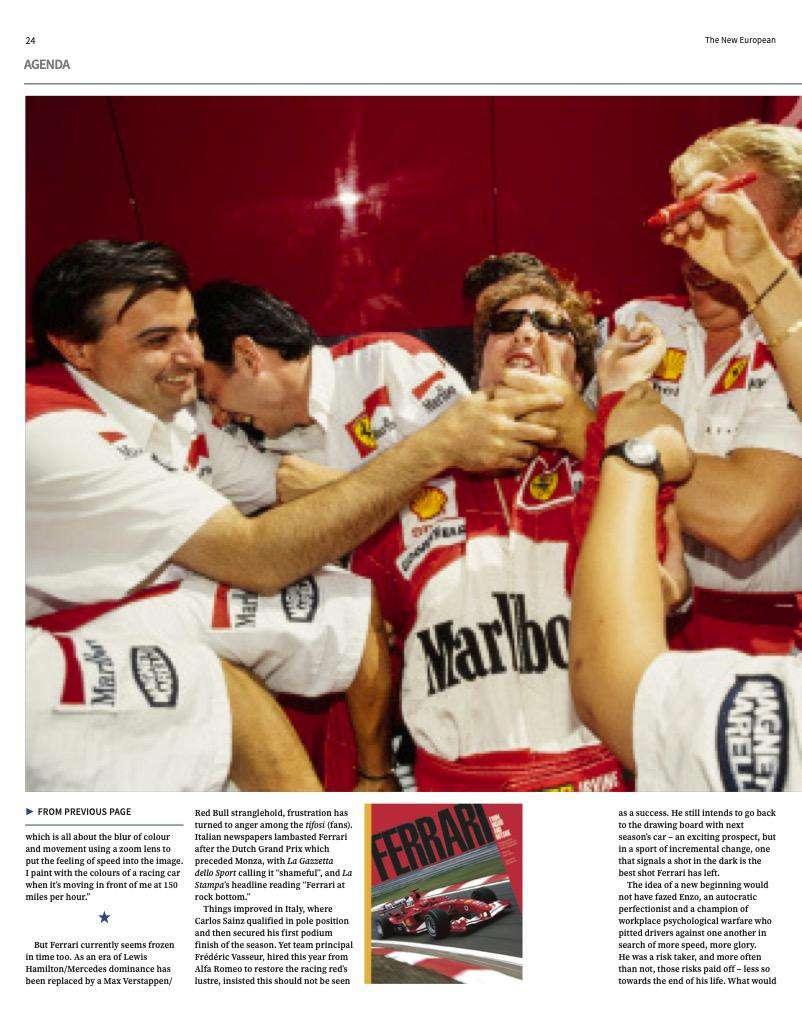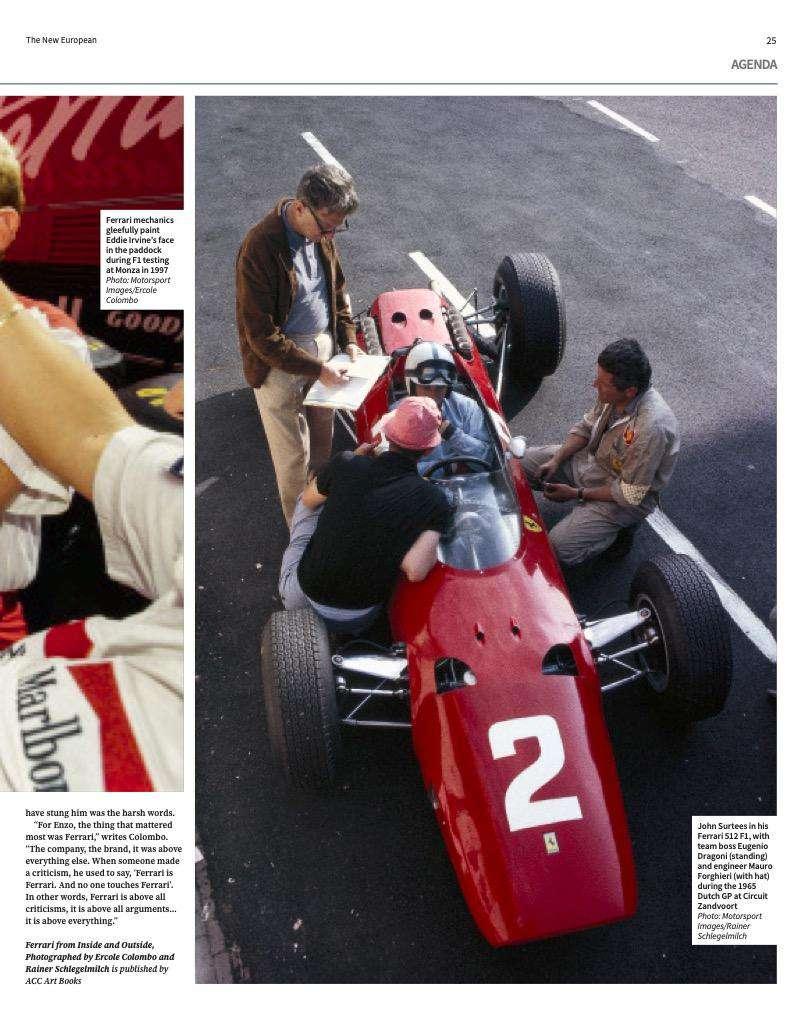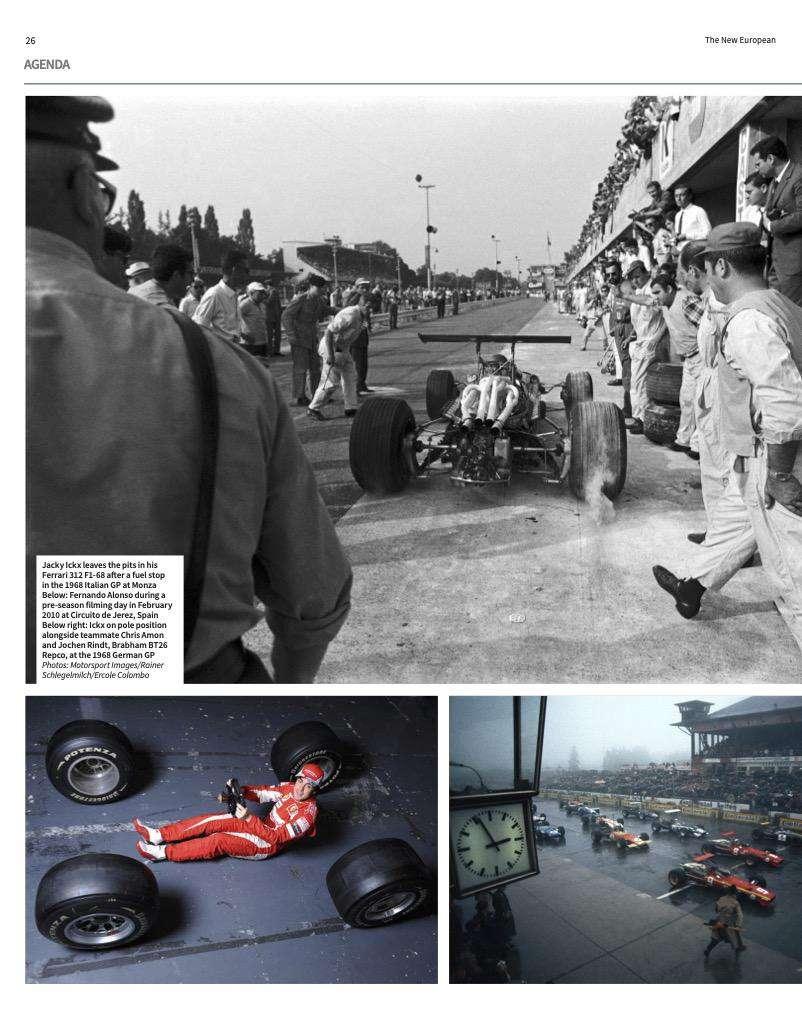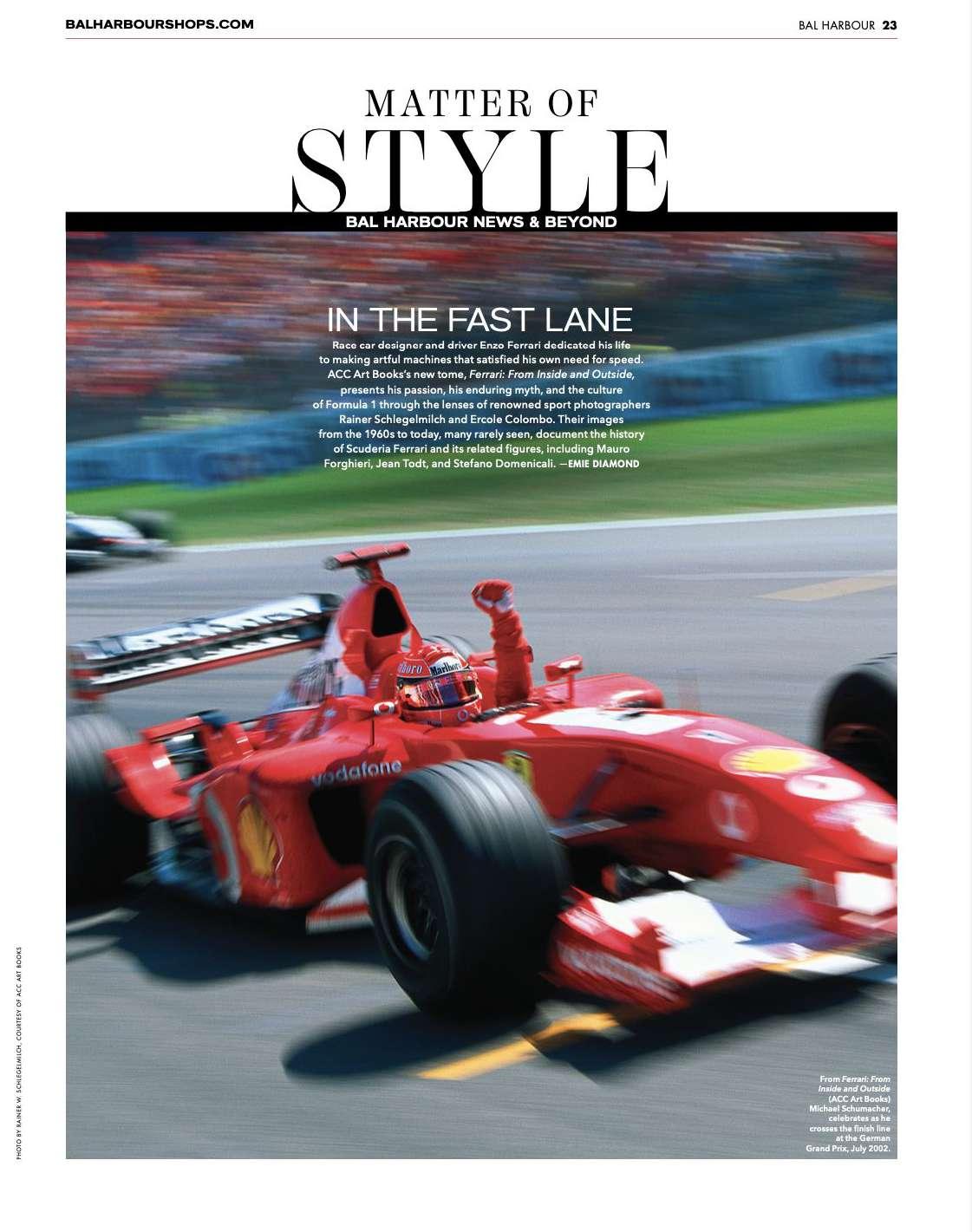PRESS KIT



Grands Prix: 75Years of Formula One Racing honors the drivers, moments, and machines that define the legacy of the motorsport series.
By: Viju Mathew
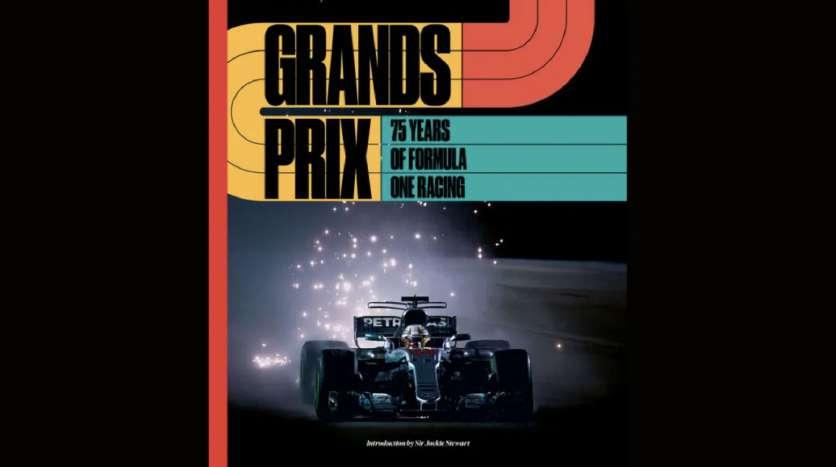
As Formula 1 is four races into its 2025 season, the series which once attracted a niche and largely Eurocentric fan base is currently drawing exponentially greater global attention due to the awareness raised by reality television, expansion into new markets and partnerships, and a new paradigm in profits that continues to fuel it all. Celebrating its 75th anniversary, the premier motorsport entity now has its zeitgeist captured in a book that should be required reading for neophytes and ardent devotees alike—Grands Prix: 75 Years of Formula One Racing.
Written by Anthony Rowlinson, former editor for F1 Racing magazine, the 300-page coffee-table tome is from ACC Art Books, the publishing house behind last year’s release of Ferrari: From Inside and Outside. As with the latter, this latest work is visually driven, presenting imagery from the acclaimed photo bank of U.K.-based Motorsport Images and taken by the finest Formula 1 photographers while at the top of their game. Among them, and the man who oversaw much of the development of Grands Prix, is Steven Tee, who has witnessed Formula 1’s greatest moments through his camera lens for the past 40 years.
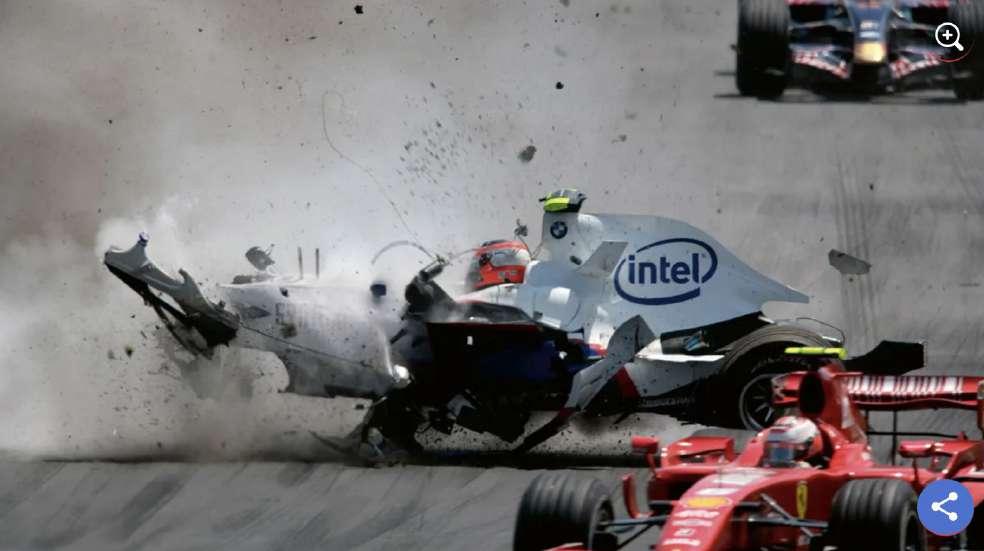
Racer Robert Kubica in the middle of his lap 26 crash at the 2007 Canadian Grand Prix, which amazingly left him with only a sprained ankle and a concussion.
“I wanted every picture to be able to tell the story, and I wanted to showcase the archive we’re so proud of . . . and I do feel it does that,” says Tee of the publication. Tee was literally born to the life, as his grandfather was the owner of Motor Sport Magazine from the 1930s until the 1990s, and his father, Michael, photographed and wrote for the family business as well. With his father having been at the first Formula 1 contest, the 1950 British Grand Prix, and Steven at the Bahrain Grand Prix this past weekend, he notes that “we can’t claim to have done every single one of them [grand prix races], but there’s been a member of the Tee family at 95 or 96 percent of them.”
Adding gravitas to the comprehensive reference work is an introduction by Sir Jackie Stewart. Within his thoughtful foreword, the iconic racer poignantly states: “Many of these images stir deep memories—happy ones, of course, as they take me back to my youth, trying to forge a career in motorsport and ultimately winning my three World championships. There is great sadness too. Formula One was a deadly sport when I was racing and to see the faces of Jim [Clark], Jochen Rindt, and François Cevert, among many others, is a bitter reminder of the price demanded in pursuit of Grand Prix glory.”

Photo : Motorsport Images andACCARTBooks
Jackie Stewart shares a winning moment with his wife Helen after his first-place finish at the 1969 French Grand Prix.
Available in hardcover for $56, Grands Prix is an evocative tribute to that pursuit, divided into seven chapters—Photographers, Champions and Heroes, Circuits, Icons, Rivalries, The Great Cars, and Moments. It all begins with six legendary photographs, each explained by the individual who shot it, including Tee and his renowned image of a victorious Ayrton Senna at the 1985 Portuguese Grand Prix while competing for Lotus-Renault. It was Senna’s first Formula 1 win.
“That was my first full season, ’85, and that was the second race of the year,” says Tee of the photo that he cites as the turning point in his fledging career at the time. “The guy looking deliriously happy is Peter Warr, who was the team boss and quite a hard man to please,” recalls Tee. “He kind of cornered me on the plane on the way back and said, ‘I hope you got some good pictures today because we haven’t won for three years and this is a big day for us,” states Tee, adding that Warr ended up having the picture framed and hung in his office. Then, of course, there’s the famed photo of Juan Manuel Fangio drifting at the 1957 French Grand Prix. The image was captured by Michael Tee, who is quoted in the book as saying, “I think the point to make about Fangio in this picture is that he was absolutely on the limit.”
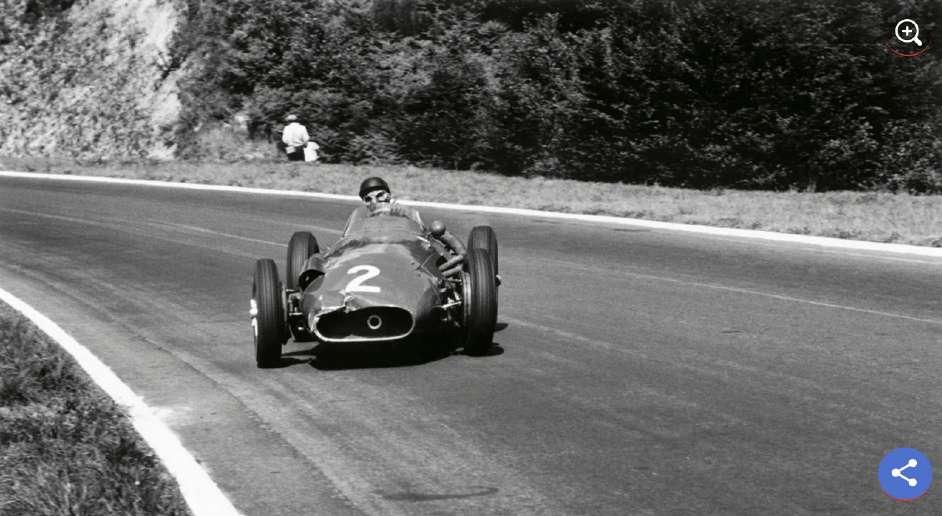
For the younger Tee, who has worked closely with Senna, Michael Schumacher, Fernando Alonso, and Lewis Hamilton among the laundry list of legends, he sees similar potential in the current generation of drivers. Specifically is this the case with current points-leader Lando Norris and Bahrain-winner Oscar Piastri, as Tee currently documents the teammates as the director of motorsport photography for McLaren.
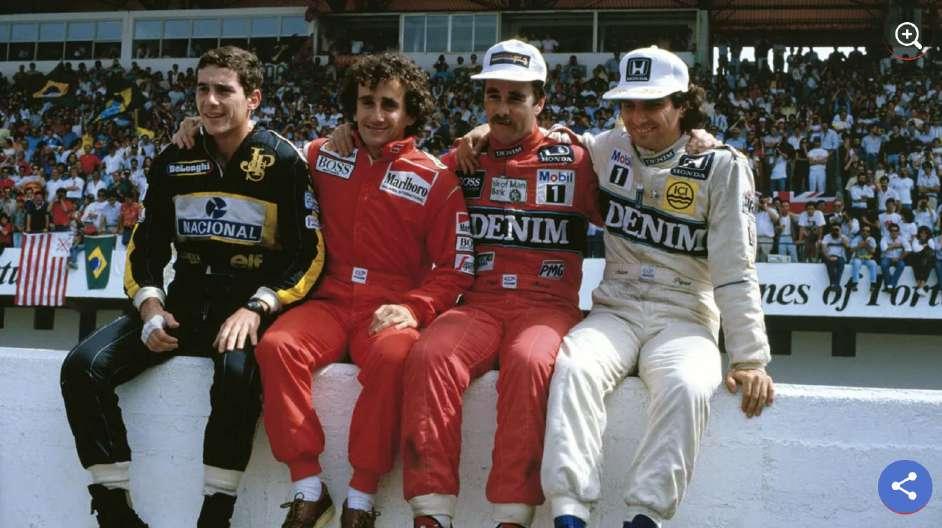
“Lando’s biggest threat is probably Oscar and Oscar’s biggest threat is going to be Lando,” opines Tee. “It’s going to be very close this year.” When asked what he thinks of the current state of Formula 1 in general, Tee is unequivocal in his response. “I’m not a rose-colored-glasses person. I’m not somebody who looks back; I very much live in the now, and I absolutely think that Formula 1, now, is as good as I can ever remember. I think this is a golden age at the moment.”
Link:
https://robbreport.com/motors/cars/grands-prix-75-years-of-formula-one-racing-book-1236473866/

By: Cait Bazemore
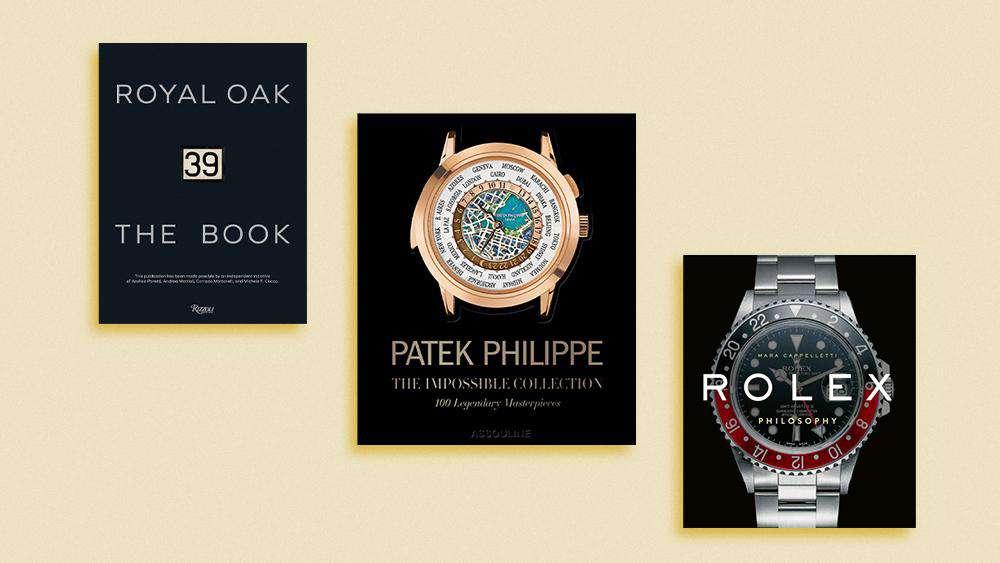
If you’re anything like me, there’s no such thing as too many books. They add interest to a coffee table, brighten up a shelf and they’re pretty fun to read too. Watch collecting and book collecting really go hand in hand. Every year, there are gorgeous and informative titles dropping from beloved brands and industry experts. Whether you enjoy casually perusing pages of stunning photos or actually want to dive deep into history, watch books deliver. Here are ten of the best to hit the shelves in 2023.

To kick off our compilation we have a title for the true collector, one who views their watches as an investment like art or fine wine. Here, you get an in-depth look at the value of timepieces from one of the most prominent makers in the industry. It includes a curated selection of Patek models notable for their technical excellence, auction records, design and anecdotal history. For each, you get a beautiful photo, reference and sales values along with a comparative analysis of auction results, compiled through close collaboration with Sotheby’s.
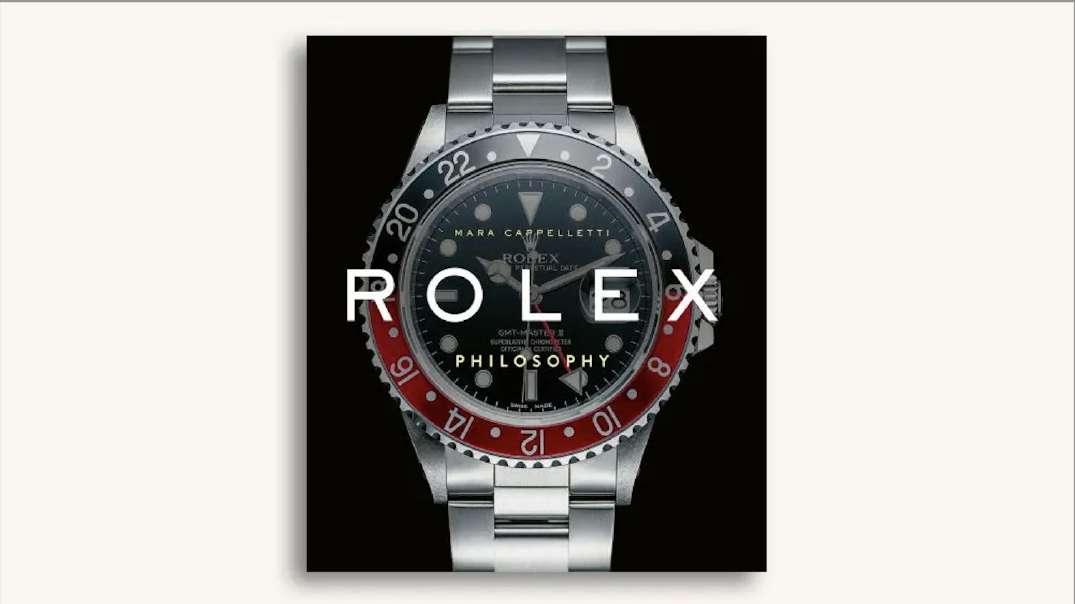
This next title is for the ultimate Rolex devotee. From inception to present day, you can trace the evolution of the most influential brand in watchmaking. This book combines images, direct testimonials, unpublished interviews, contemporaneous ads, archive materials, technical details, auction results and more to paint a picture of what has made Rolex the powerhouse it is today.
Link:
https://robbreport.com/style/watch-collector/gallery/best-watch-books-1235372610/rr_watch_b

By: Brett Berk

Automotive journalist James Allen was an on-air Formula 1 commentator for ESPN and ITV in the 1990s and 2000s and wrote biographies of famed drivers including Michael Schumacher and Nigel Mansell. But his reportage on racing goes back much further than that. His father, Bill, was a factory endurance driver for Lotus, and Allen grew up watching races in the late 1960s and early 1970s. He found ways to relate the details of what he'd seen, even back then. "I did it just in the way that kids do at that age," he tells Car and Driver. "Doing drawings and stuff like that."
His new book, Ferrari from Inside and Outside (ACC Art Books, $75) covers an intensive period in the brand's racing history, from the 1960s to the 2010s, when race cars bearing the prancing horse were among the most formidable (and occasionally the most disappointing) competitors on the field.
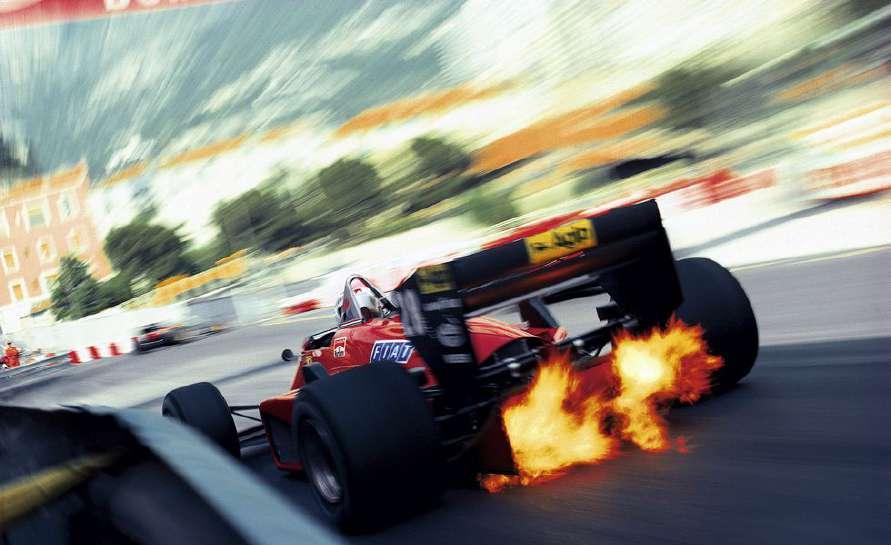
Despite the depth of the written and spoken knowledge he has shared previously on the subject in his on-air and magazine work, Allen has chosen to showcase a different means of covering the topic. While the book includes sections in Allen's fluid prose, it focuses mainly on a pair of photographers—Rainer Schlegelmilch and Ercole Colombo—who made their names shooting F1 teams, races, and racers.
The book's title derives from these two shooters and their key differences. "I've always loved the kind of reportage style of photography," Allen says. "Rainer started out doing that, and there's real echoes in his work of people like Cartier-Bresson, or Capa, or the great Magnum photographers." Schlegelmilch began shooting racing from this perspective, focusing on the drivers, "particularly the look of fear on the drivers' faces before the start of the race," Allen says. "This was the 1960s, possibly the most dangerous time in Grand Prix racing."
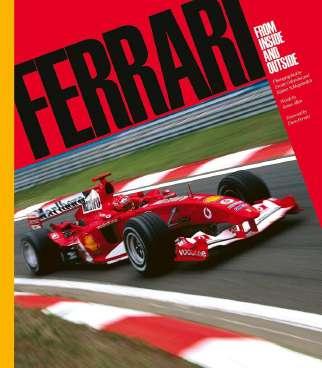
BUY NOW
Ferrari: From Inside and Outside
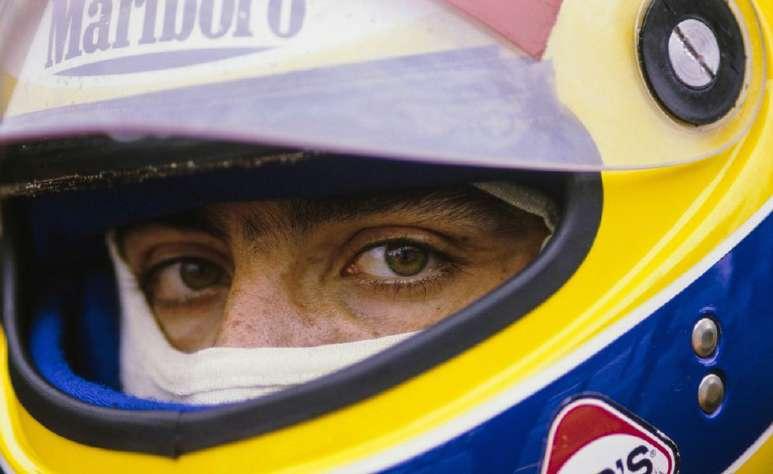
But as his career evolved in the sport, he developed a new technique. "He got this idea of using zoom lenses," Allen says. "And he practiced his technique where he would move the zoom and to create this explosion of speed and color—he calls it painting with the colors of a racing car." The technique has become standard in the field, but Schlegelmilch was an innovator.
The other photographer that the book focuses on, Columbo, was far less distant from the sport and the brand. "Enzo Ferrari hired him almost as like an official photographer, although it was never written down in a contract," Allen says. "He was always called in to see behind the scenes stuff and he got a lot of intimate stuff with the maker of one of the greatest myths in the automotive world."
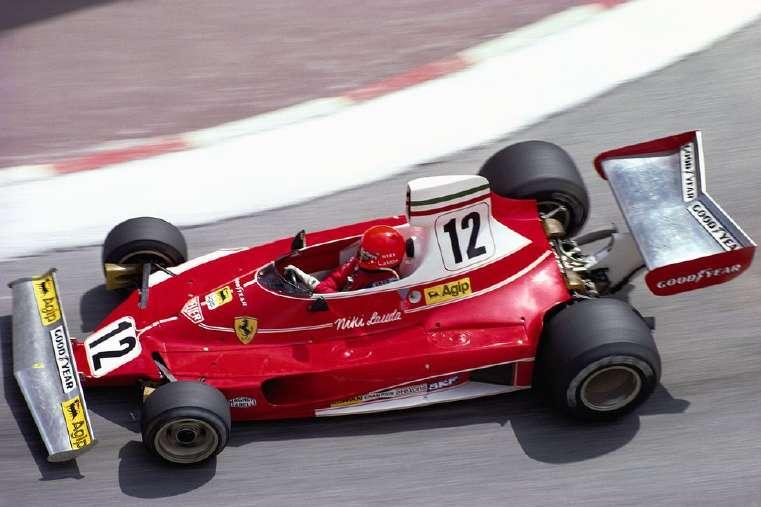
Allen saw an interesting tension in these two exemplary artists' way of shooting. "The difference between the lived experience on the inside of the brand, and the perceptions on the outside." When looking at Rainer, he saw "the ultimate outsider looking in" and with Colombo, "the ultimate insider shooting out." From this, he derived the concept for his book, narratively and visually.
The photographs in the book, reproduced with startling clarity while still maintaining a period-correct palette, are a joy to study, demonstrating with profound evidence the progression of the drivers, cars, and competition—as well as the photographers' techniques—through the decades. The individual pictures, selected and honed in conversation with the two photographers, both still alive, all came from the Motorsport Images Archive, which Allen describes as the largest in racing (with over 26 million images) and the only one to maintain an unbroken visual history of Formula 1, from the first Grand Prix in 1952, until the present day.
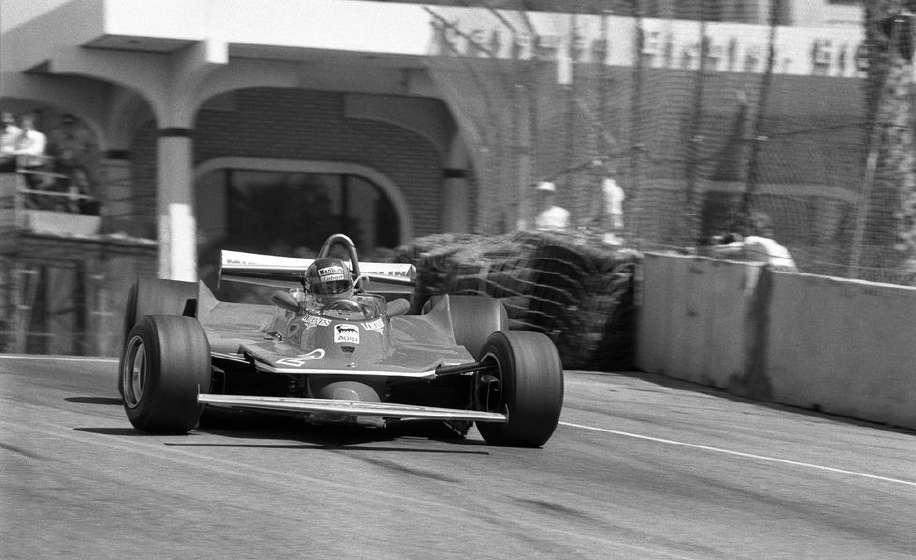
LONG BEACH, 1980.
Though Allen is focused on the past here, he has been working in the sport long enough to recognize F1's key importance in shifting consumer perceptions and in advancing new technologies in the broader automotive realm. In fact, he noted quite clearly that important innovations and adaptations found in road cars often derived from F1 technology. He feels this is particularly relevant given the shift to alternative fuels, hybridization, and zero tailpipe emissions practices that the sport is implementing in the coming years.
"Formula 1 was built during the time that's chronicled in this book, to become a global phenomenon. Now hundreds of millions of people follow the Grand Prix," he says. "So I think that the technologies Formula 1 is working on—which it will then showcase from 2026 onwards using this amazing global platform that's been built—I think that will play a major part in helping the world decarbonize, way beyond just Formula 1 itself."
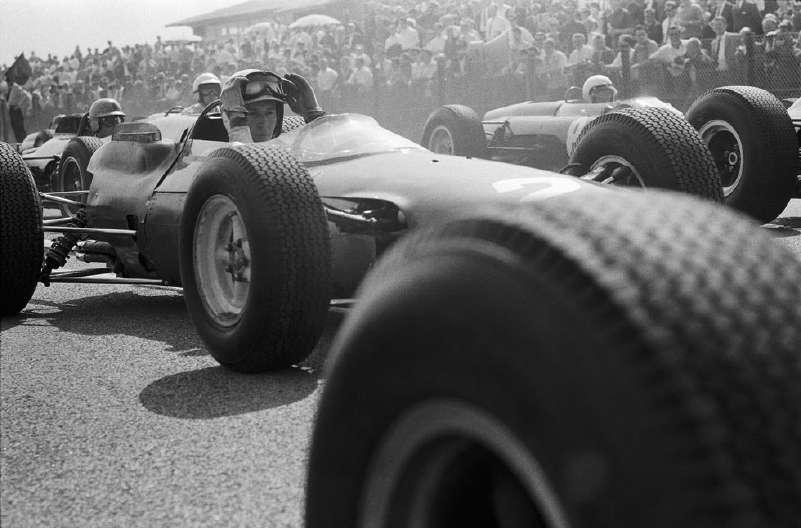
John Surtees at the start of the 1964 Dutch GP at Zandvoort. He finished the race second and became World Champion later that year.
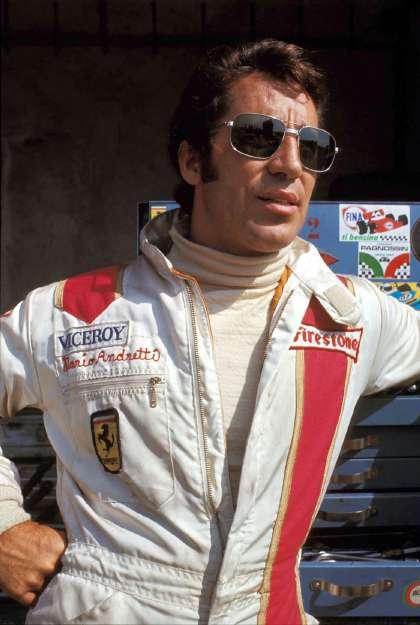
Mario Andretti shows off his sunnies in 1972, during the Italian GP.
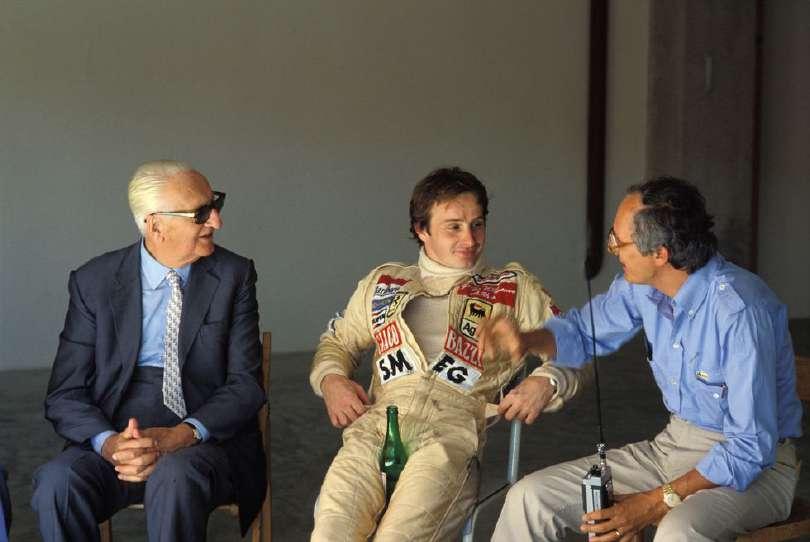
Enzo Ferrari, Gilles Villeneuve and Roberto Nosetto in 1980

Tragically not on the way to this author's house, a transporter carries the Ferrari 412T2s to the 1995 Italian GP in Monza, Italy.

Celebration after Michael Schumacher's victory at the 1996 Italian GP

Podium celebrations in 2000.
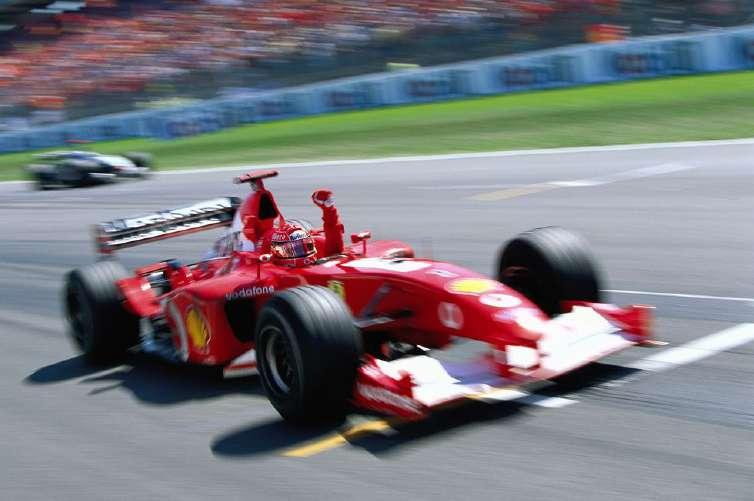
Michael Schumacher in the Ferrari F2002, crosses the finish line at the 2002 German GP in Hockenheimring.
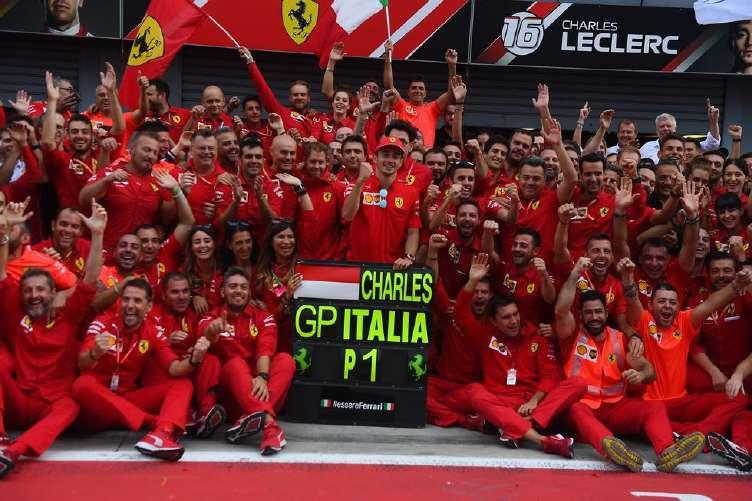
Charles Leclerc celebrates his race victory after the 2019 Italian GP.
Link: https://www.caranddriver.com/features/a44199089/ferrari-from-inside-and-outside-book-review/
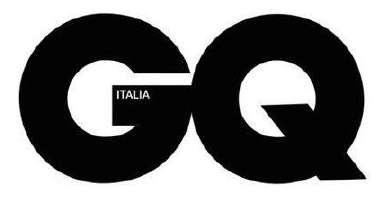
By: Micol Bozino Resmini
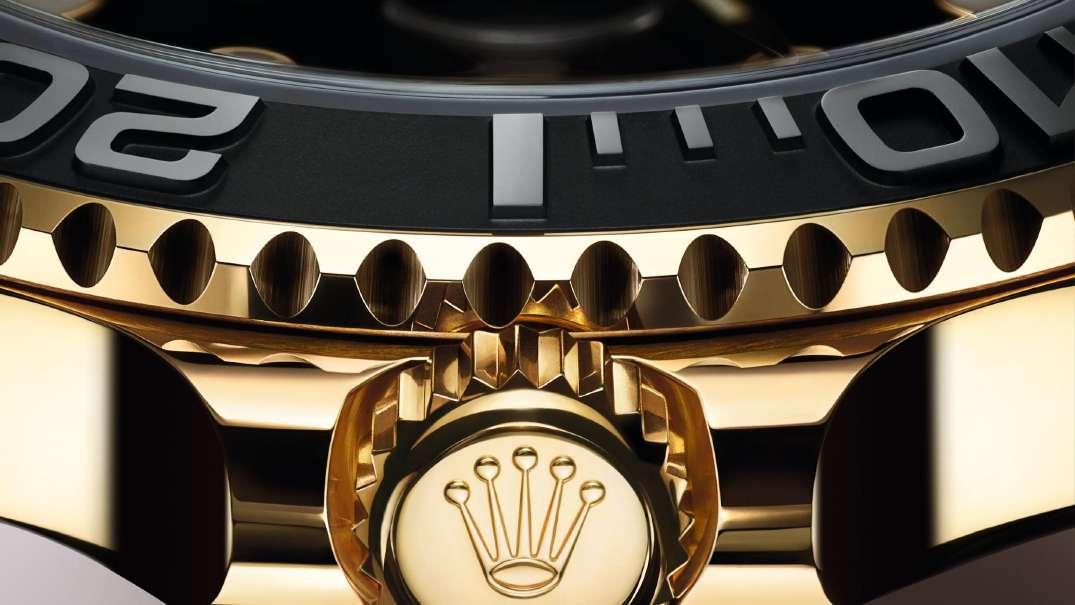
Come fa Rolex a essere uno dei marchi più apprezzati nel panorama delle lancette, nonché uno dei meglio quotati quando si tratta di aste e secondo polso? Se siete amanti degli orologi, ma magari non dei super esperti, ci sarà stato almeno un momento nella vostra vita in cui vi siete fatti – o avete fatto questa domanda. A dare una risposta completa ci pensa un libro: Investing in wristwatches – Rolex. Edito da ACC Art Books, questo volume di 320 pagine, ripercorre, attraverso più di 390 modelli, la storia completa, letta con gli occhi attendi di Osvaldo Patrizzi e Mara Cappelletti, del brand e del fenomeno del suo collezionismo, grazie anche al contributo di Sotheby's. Una lettura attraverso capitoli e fatti più e meno noti. Ecco alcune curiosità.
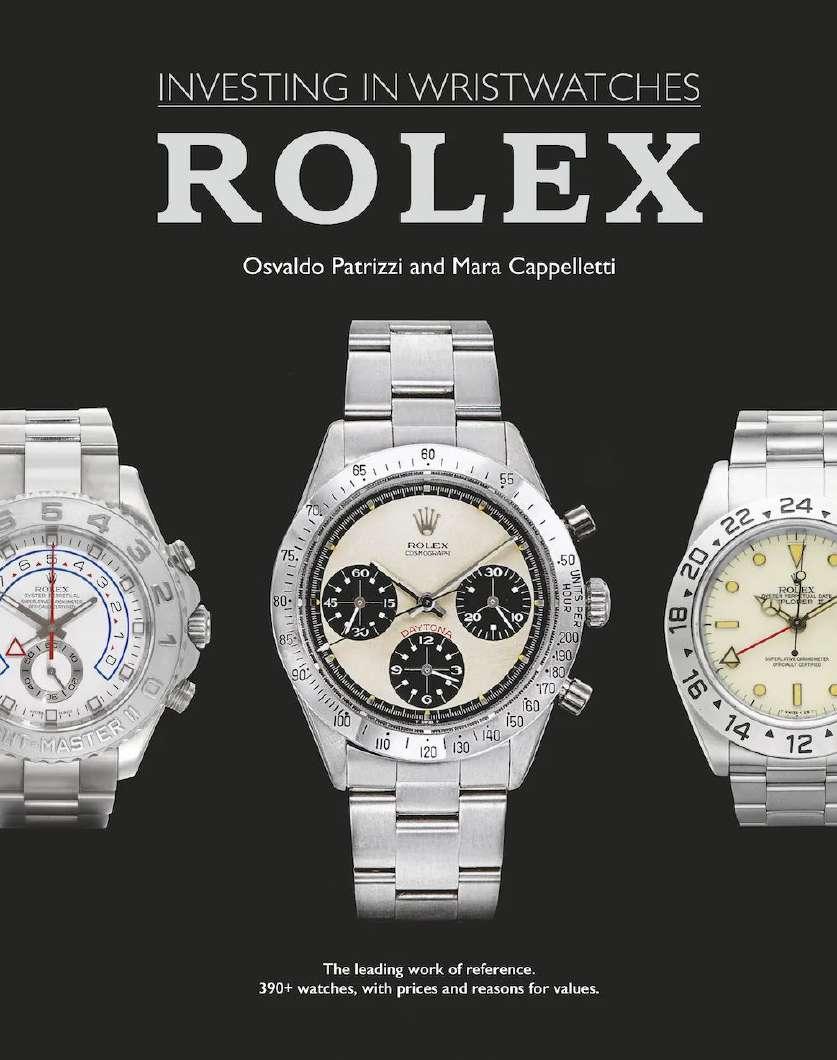
Investing in wristwatches, Rolex - Su Amazon a 79,85€
Gli inizi del collezionismo
Il collezionismo di orologi è, in realtà un fenomeno abbastanza recente: ancora negli anni Ottanta, infatti non c'erano risorse di ricerca o letteratura disponibili. Di conseguenza si sapeva poco dei modelli d'epoca e su quali orologi fosse opportuno acquistare alle aste. Nel 1983 Helmut Kahlert, Richard Mühe e Gisbert Brunner pubblicano il primo libro sui modelli da polso, Armbanduhren, che ne descriveva in dettaglio la storia e lo sviluppo dell'orologio da polso. È il primo passo per dare una struttura a questo mercato.
Poche aziende possono vantare una brand awareness migliore di Rolex. Secondo Forbes, Rolex è uno dei 100 marchi più riconosciuti e più potenti del mondo: la gente, sia all'interno che all'esterno del mondo degli orologi di lusso, riconosce il nome Rolex e lo associa al successo e al raggiungimento di uno status.

Nel 1905, Hans Wilsdorf e suo cognato, Alfred Davis, fondano una società di orologi che prende ufficialmente il nome di Rolex nel 1908. Il nome viene scelto perché è facile da pronunciare e può essere scritto in modo identico nelle lingue europee.
Una lunga serie di prime volte dell'orologeria segnano la storia dell'azienda. Nel 1945, il marchio fa debuttare il Datejust, il primo orologio da polso a carica automatica che mostra la data sul quadrante. Nel 1953, Rolex rilascia il Submariner, il primo orologio subacqueo, impermeabile fino a una profondità di 100 metri. Un anno dopo, il marchio introduce il Gmt Master, primo orologio a permettere ai piloti di leggere l'ora in più fusi orari contemporaneamente. Nel 1956, il DayDate é il primo orologio da polso a visualizzare la data e il giorno della settimana, a grandi lettere in un'apertura del quadrante.

Agli albori del collezionismo di orologi da polso, ad avere più successo sono i primi modelli Rolex, modelli solo tempo con cassa coussin e ottagonale, magari con quadranti smaltati. L'oggetto del desiderio erano il Prince, un orologio rettangolare prodotto negli anni '40, e il bubble back, così chiamato per il suo fondello a forma di cupola, che ospitava il rotore a carica automatica brevettato dall'azienda.
Secondo Daryn Schnipper, Senior Vice President di Sotheby's, la più clamorosa asta Rolex risale al maggio del 2002, quando, a Hong Kong, la vendita monobrand intitolata "Rolex Sporting Time" ha mandato all'incanto oltre 300 lotti, con pezzi dagli anni '20 agli anni '90. L'esperta racconta di code di persone fuori dalla porta in attesa di entrare e che i clienti che avevano diritto a un ingresso prioritario hanno comunque deciso di aspettare in coda per godersi l'attesa in compagnia di altri appassionati.
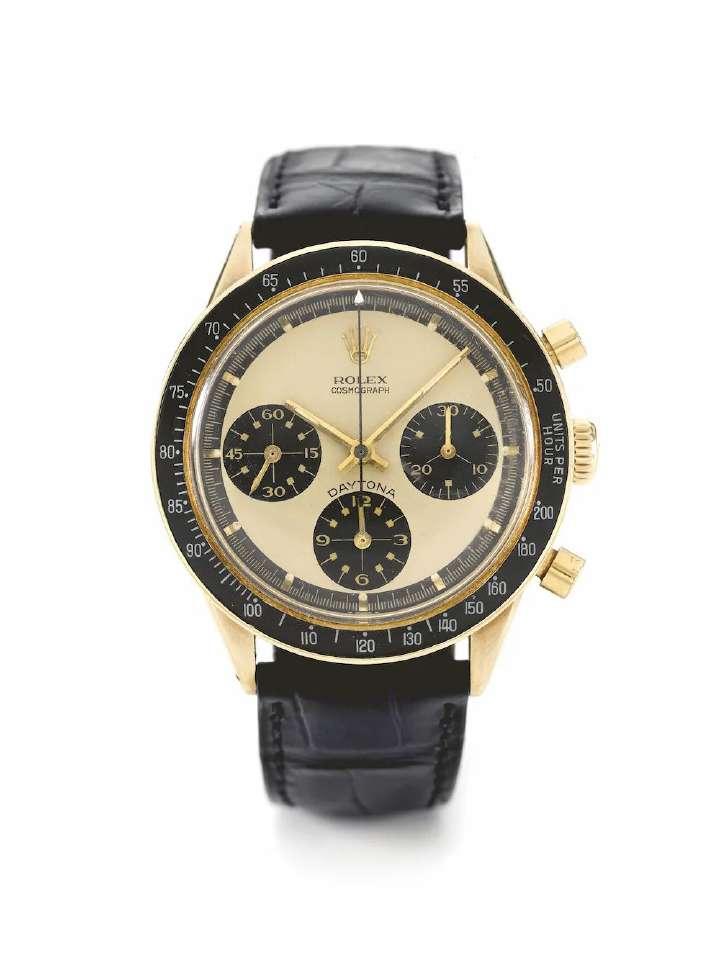
Una scelta di successo
La decisione di sostituire i numeri di riferimento dei suoi modelli con i nomi è stata una mossa vincente per facilitare la loro identificazione. Permette di andare oltre le sole caratteristiche tecniche e stilistiche; subentra il mito, il desiderio, il concetto di eccezionalità. Ci sono voluti diversi anni, ma alla fine altre case hanno seguito questo esempio.
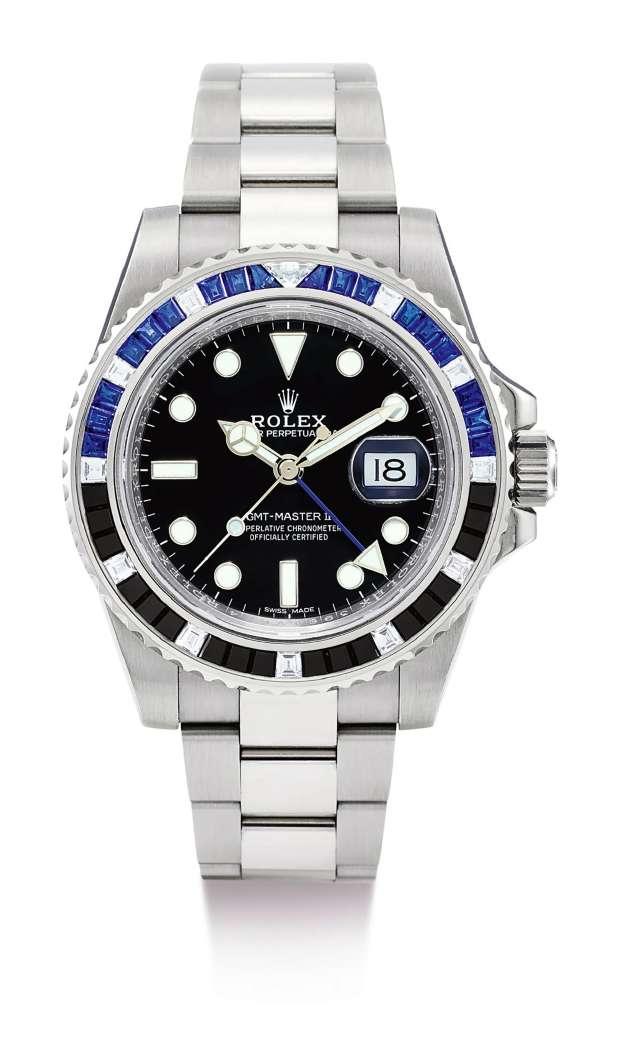
Link:
https://www.gqitalia.it/moda/article/rolex-un-libro-svela-tutti-i-suoi-segreti

By:Annie Davidson Watson
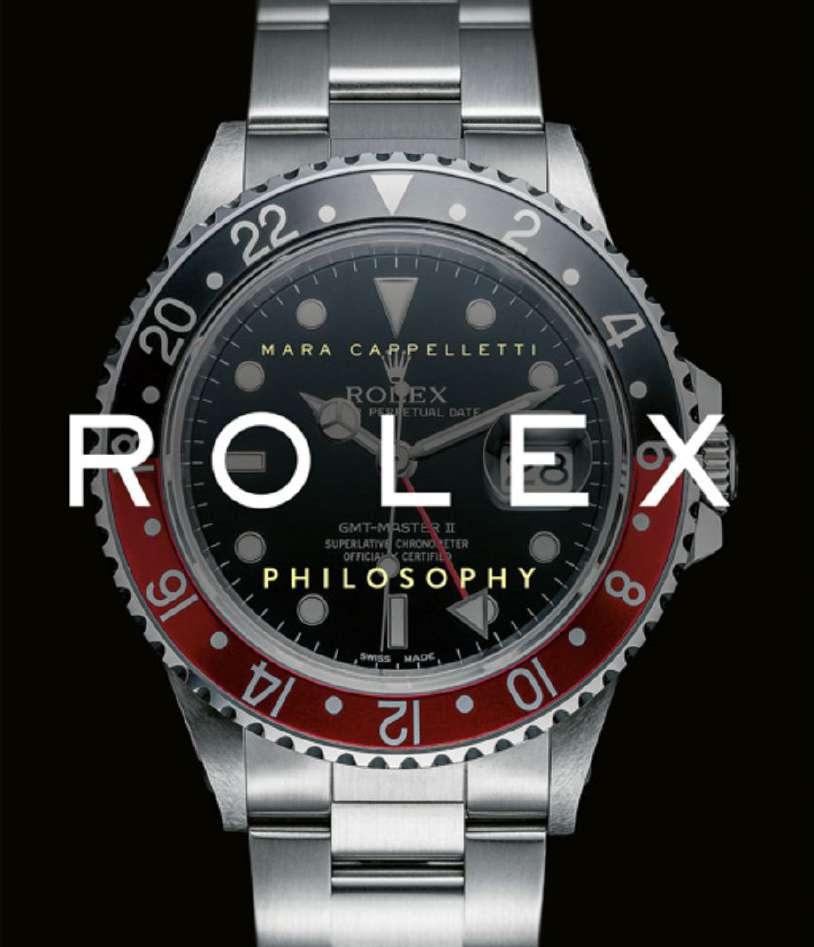
More than just a status symbol, Rolex timepieces are functional and technical above all else. The new book Rolex Philosophy illustrates the brand’s rich history—and all of the adventure that came with it—through 224 pages of photographs, testimonials, previously unpublished interviews, and archived materials.
One highlight: Edmund Hillary and sherpa Tenzing Norgay were wearing Rolex watches when they became the first two men to reach the summit of Mount Everest, the world’s highest mountain, on May 29, 1953. As cited in the book: “‘The Rolex Oyster Perpetual watches, with which members of the British team were equipped, again proved their dependability on Everest,’ wrote the leader of the expedition, Sir John Hunt, on his return. ‘We were delighted that they kept such accurate time. This ensured that synchronization of the time between the members of the team was maintained throughout…. They performed splendidly, and we have indeed come to look upon Rolex Oysters as an important part of high-climbing equipment.'”
Other models featured in Rolex Philosophy—which is written by jewelry expert Mara Cappelletti and published by ACC Art Books ($65)—are shown below, including the Explorer II, a later iteration of the Oyster Perpetuals that Hillary and Norgay wore. Insights on each watch are quoted from the book.
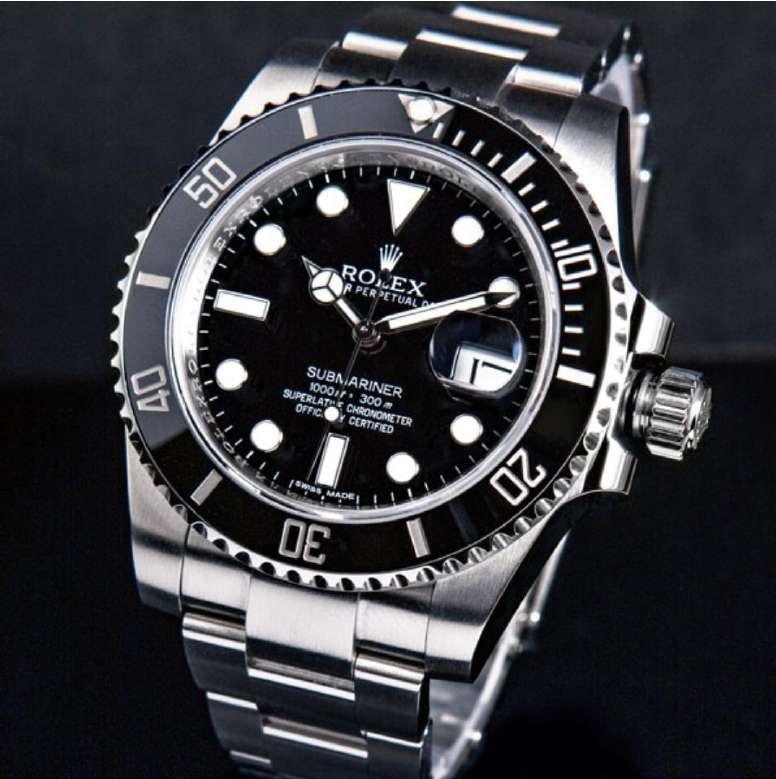
“In 1969, Rolex introduced a model equipped with a date function: the Submariner Date. Its water resistance, at the time guaranteed up to a depth of 200 meters, increased to 300 meters in 1979. The Submariner’s water resistance would also be brought to this depth from 1989 onward. Conceived as a professional tool for underwater exploration and diving, he Submariner became a symbol of practical and versatile masculine elegance, soon rising to the level of status symbol.”
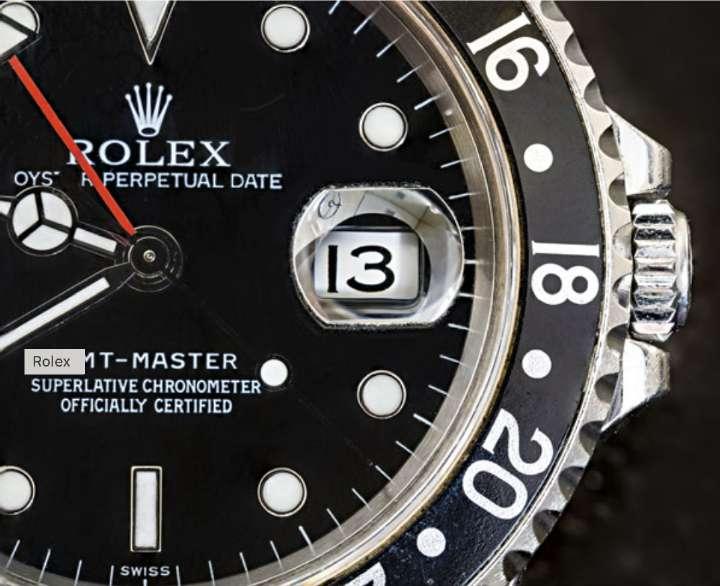
“The first version of the GMT-Master was represented by number 6542, whose Bakelite bezel rendered the model easily recognizable yet extremely fragile and thus it is incredibly difficult to find in its original condition.”
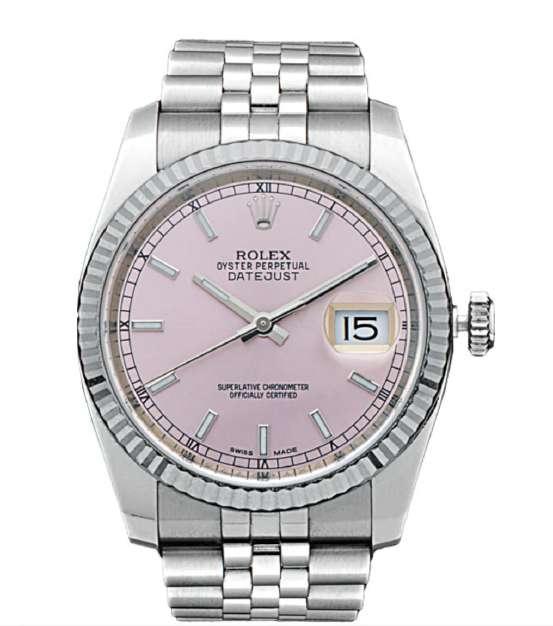
“In 1953, the Cyclops magnifying lens was added to the watch crystal, which made the date larger for easier reading.”

“An Explorer II accompanied the Norwegian explorer Erling Kagge in his conquest of the ‘three poles,’ crossing both poles on foot and climbing Mount Everest. The words ‘North Pole 1990, South Pole 1992-3, Mt Everest 1994’ are engraved on his Explorer II caseback.”
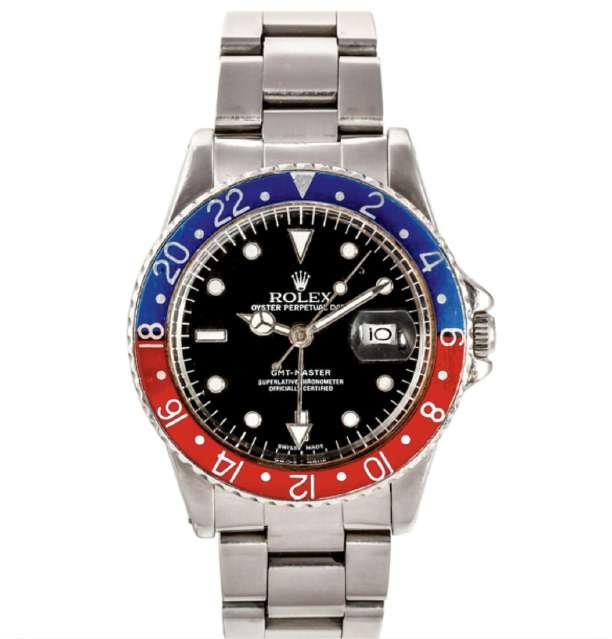
“Developed in the mid-1950s, the GMT-Master was the pioneer of the ‘dual-time’ function.”
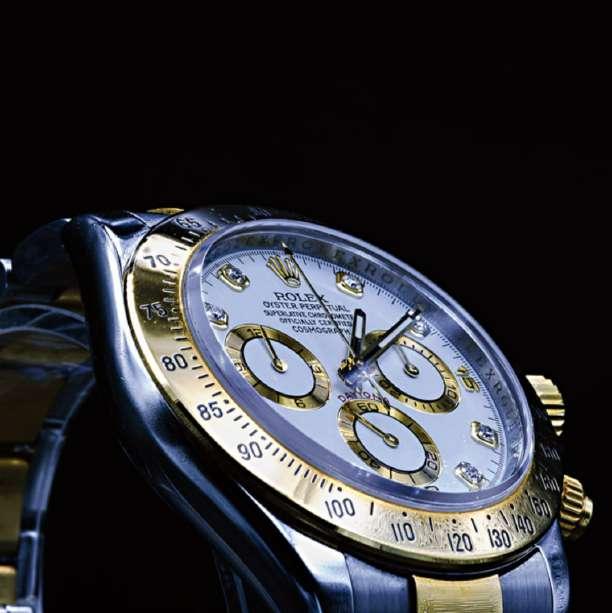
“The application of a ceramic bezel came in 2013 and was even used in the first platinum version of the Daytona.”
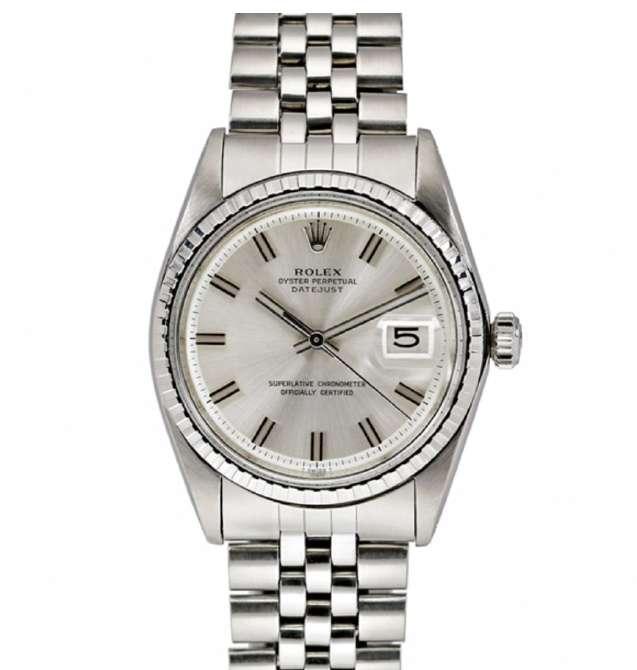
“Introduced in 1957, the Lady-Datejust is the crown watchmaker’s first timepiece entirely dedicated to women.”
(Photos courtesy of ACC Art Books)
Link: https://www.jckonline.com/editorial-article/rolex-philosophy-everest/

JamesAllen, author of “Ferrari: From Inside and Outside,” talks about the Prancing Horse, Formula 1’s growth, and what it takes to be champion.
By: Viju Mathew

This year marks the 74th anniversary of Formula 1, the ne plus ultra of motorsport, and James Allen has been covering more than 30 of those seasons as a journalist, broadcaster, and industry insider. In doing so, he’s seen Maranello’s scuderia go through its share of heydays and humiliation, and witnessed the sport’s recent acceleration into the global consciousness.
A graduate of the University of Oxford, and now CEO of Motorsport Network, Allen inherited his love for racing from his father, a works driver for Lotus and a class-winner at the 24 Hours of Le Mans in 1961.
Is there a period you consider the golden age of Formula 1?
I would say that there isn’t just one. Senna, Prost, Mansell; these guys were proper gladiators. They took no prisoners. They were very unforgiving in the cars, because they were very determined and very committed. But, also, the cars were much safer than they had been in the days when my dad was racing, where you didn’t really want to get too close to each other or get involved in an incident because you could die. [The cars] still weren’t completely safe, as the accidents of [Ayrton] Senna and Roland Ratzenberger—in the same weekend in 1994—showed us. But, nevertheless, [drivers] could play very high-speed games of chicken with each other. That was unbelievably thrilling and created a real wave of excitement about Formula 1.
And then I would say the other [period] was the early 2000s. Apart from the two seasons that Schumacher dominated, in 2002 and 2004, the championships around that time were very exciting, with very committed individuals who were all trying to match up to the level of Schumacher and Ferrari.
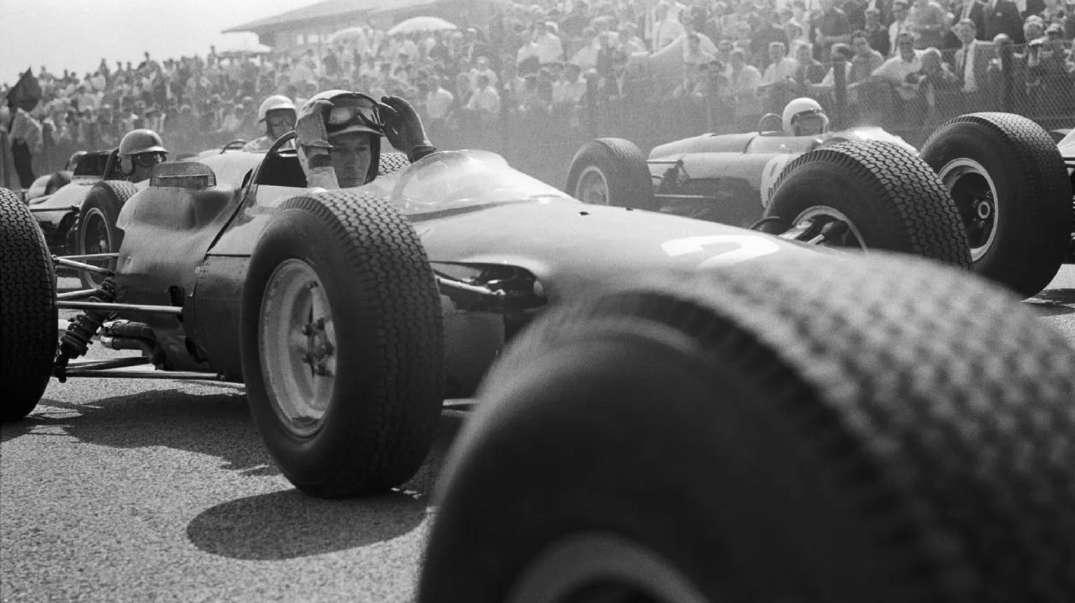
Were you close to any drivers during that period?
I got to know Senna quite well and had many conversations with him. I cherish those memories. He was certainly a unique and remarkable human being. I wrote two books with [Michael] Schumacher and got very special inside access to Ferrari at the time and could see what a winning machine looks like.
What factors contributed to Formula 1 progressing from a Eurocentric sport to one with immense global popularity?
Until recently, 60 percent of the audience was based in Europe, but that has changed in the last few years. When Bernie Ecclestone was running it, he pushed hard to have many new races in Asia in the late ‘90s and early 2000s. And then, in 2017, Liberty Media was in control and realized that Bernie’s weakness was that he had never really succeeded in America. [Liberty Media] had the toolkit to do that. They loosened things up as far as the rights of drivers and teams to do social media and video filming in the paddock—all kinds of things that Bernie wouldn’t allow because he just really didn’t get the digital revolution, and Liberty did. They pulled all the right strings, and, obviously, Drive to Survive was a huge success.
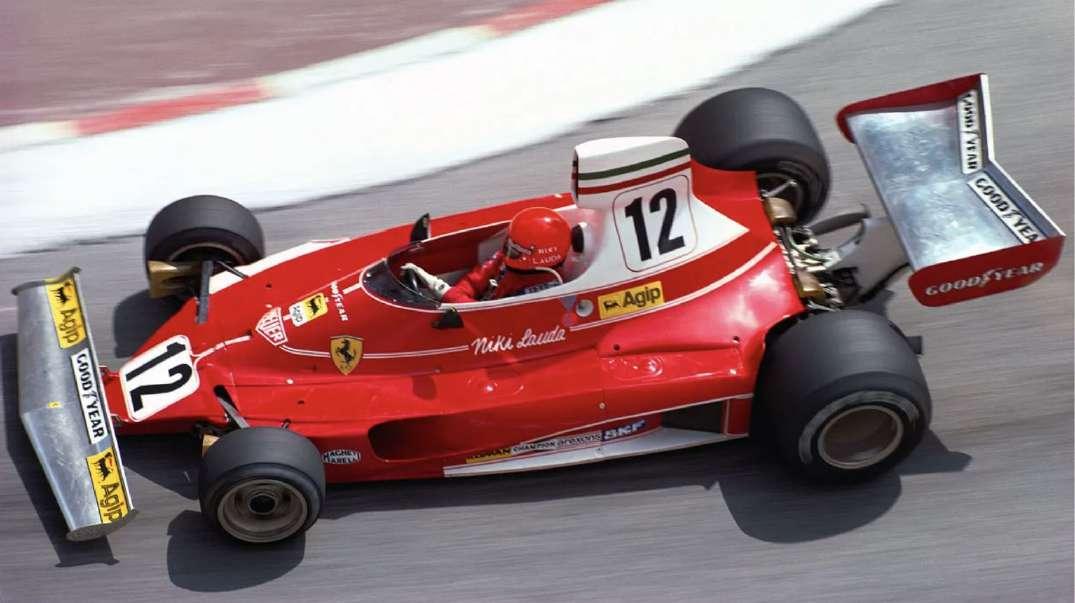
The other thing is the cost cap, which is only in its relative infancy. The weakness of Formula 1 has always been that there was no proper financial regulation. The bigger teams could always run away and spend as much as they wanted to maintain their advantage. Whereas over the next few years, you will see the field closing up more and more. Formula 1 will not only look spectacular and feature lots of great personalities, but it will also be incredibly competitive racing.
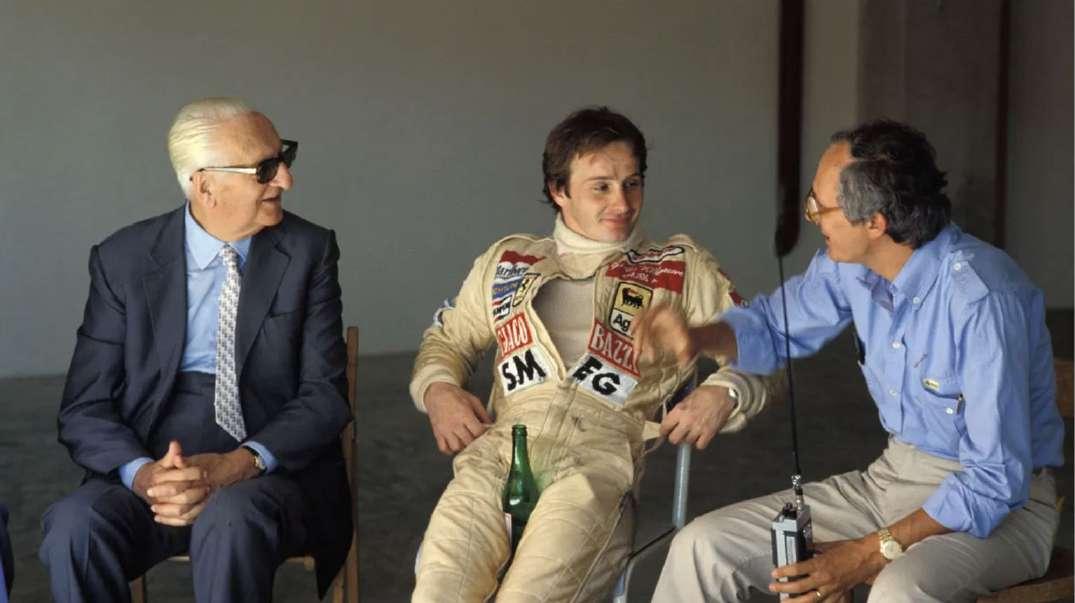
I got together with them and they felt that the project should be around Ferrari because Ercole had been Enzo Ferrari’s photographer and he had some unbelievable access and amazing images from behind the scenes. And Rainer definitely styles himself as a shy outsider and was very much into the Magnum school of reportage. So it was Ferrari from inside and outside.
How much Access did Ferrari give you for the project?
Everybody was very happy to participate, from Piero Ferrari and Luca di Montezemolo to Stefano Domenicali and Jean Todt—even Mauro Forghieri just before he passed away. They were all happy to contribute, and contributed richly. I’m very grateful for their time and their insights.
What was the production time for the book?
About 18 months. Of course, that was helped by the fact that there are only about 15,000 words in it.
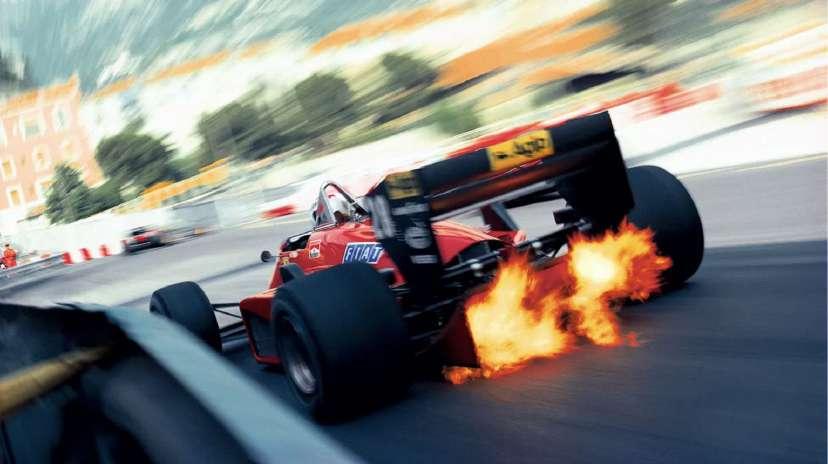
Racer Stefan Johansson pours it on at the 1985 Monaco Grand Prix. RAINER
What are some of the intangibles that make Ferrari the winningest team in Formula 1 history.
Success in a team endeavor is always about the people. That’s true with any team, whether it’s Red Bull today, Mercedes five years ago, or Ferrari in the Schumacher-Todt era. The key is strong leadership. When Ferrari has been successful, it’s been despite the politics, because they have a more complex political structure around them than any other Formula 1 team. And, up until about five years ago, the Italian media had a lot of power. Todt, though, protected the team. You could see the calmness of the drivers, the mechanics, and the technicians who could get on with their work without being blown around by the media.
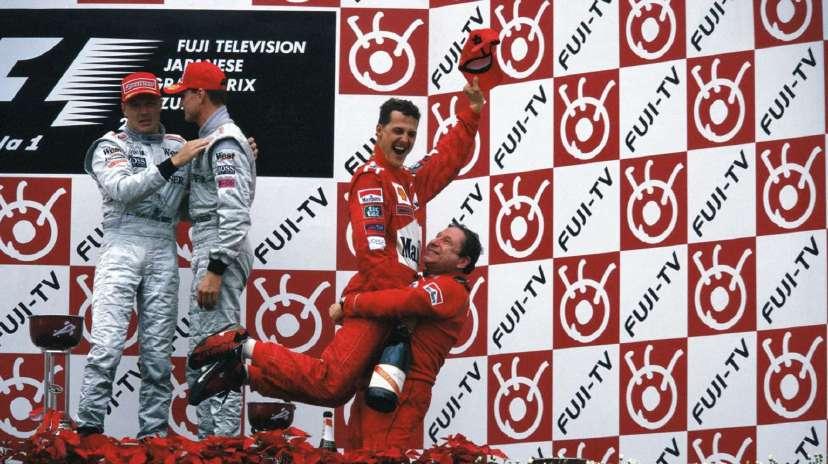
Other than Enzo, which individual has had the most profound impact on Ferrari?
Undoubtedly it would be Luca di Montezemolo. During the late 1970s, Enzo Ferrari brought in Montezemolo—then in his late twenties—to be the team manager. He eventually went off to other things in the Fiat empire, but came back again [in 1991] and tidied up not only the road-car side but also sorted out the Formula 1 team. He was the one who hired Todt and finally Schumacher. Montezemolo created the environment that allowed all of Ferrari’s success in the late 1990s and early 2000s to happen. He’s the most consequential figure in Ferrari since Enzo.
In your opinion, does Ferrari’s current Formula 1 team have the ingredients to replicate past glory?
That’s a tricky question to answer. They have the resources. They have, I believe, a very good, strong leader in Fred Vasseur, who knows what it takes to succeed in motorsport. And they’ve got the drivers in Leclerc and Sainz to take on the best in Formula 1. But they have a fair amount of politics they have to deal with. It’s really about keeping stability within the team and giving it protection from outside forces, which is always the key bit to get right.

You’ve written books on both Nigel Mansell and Michael Schumacher, what are the common denominators you find with Formula 1 champions?
The thing that marks them out is commitment. They were two particularly committed individuals, and Senna was the most committed I’ve ever met. Most of the great champions—whether it be Verstappen, Hamilton, Schumacher, Mansell—their commitment is unbelievable. And with that comes a tremendous work ethic. [Mansell and Schumacher] were relentless in their demands on the team—seeking every tiny gain. They just left no stone unturned in trying to beat the opposition. And there is a relentless desire to self-improve. Whether you’re a driver, or an engineer, or a team boss, you cannot stand still, you have to constantly self-improve.
Link: https://robbreport.com/motors/cars/ferrari-from-inside-outside-book-formula-1-team-1235547831/

“Passion, Speed, Style”:APhotographic History of Scuderia
Writer JamesAllen discusses 13 iconic images from his new book, “Ferrari: From Inside and Outside,” which chronicle’s the marque’s F1 team.
With director Michael Mann’s Enzo Ferrari biopic generating plenty of buzz before it hits theaters in December, the history of Italian Formula 1 racing is having a moment — which makes now the perfect time to peek inside Ferrari: From Inside and Outside from Michael Schumacher’s biographer James Allen. Featuring hundreds of stunning images from legendary photographers Rainer Schlegelmilch and Ercole Colombo, the book provides an intimate look at Ferrari’s involvement with F1 from the 1960s onwards. Herein, Allen breaks down 13 of the best photographs.
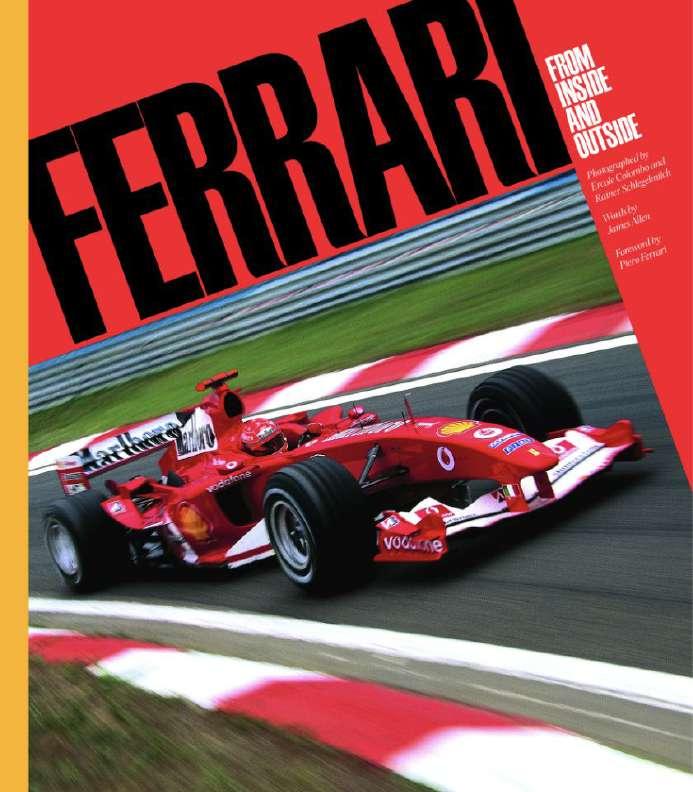
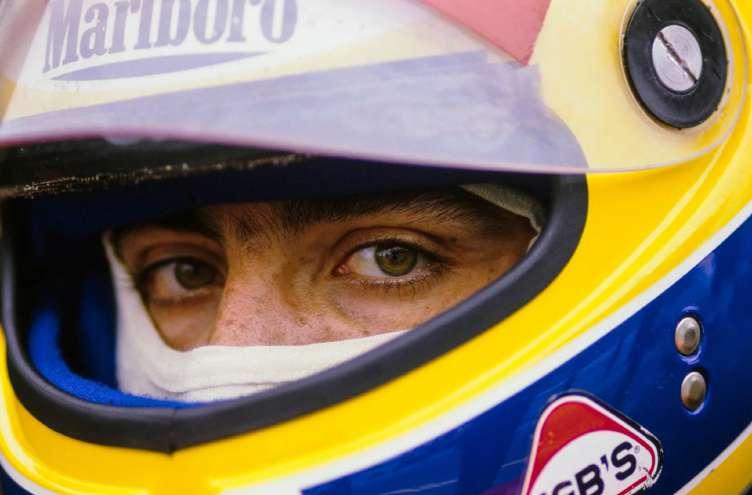
“Ferrari rarely hired Italians after a series of tragic deaths in the 1950s, criticized by the Vatican.Arare exception was Colombo’s friend MicheleAlboreto in the 1980s.”
Photo: Ercole Colombo / Studio Colombo
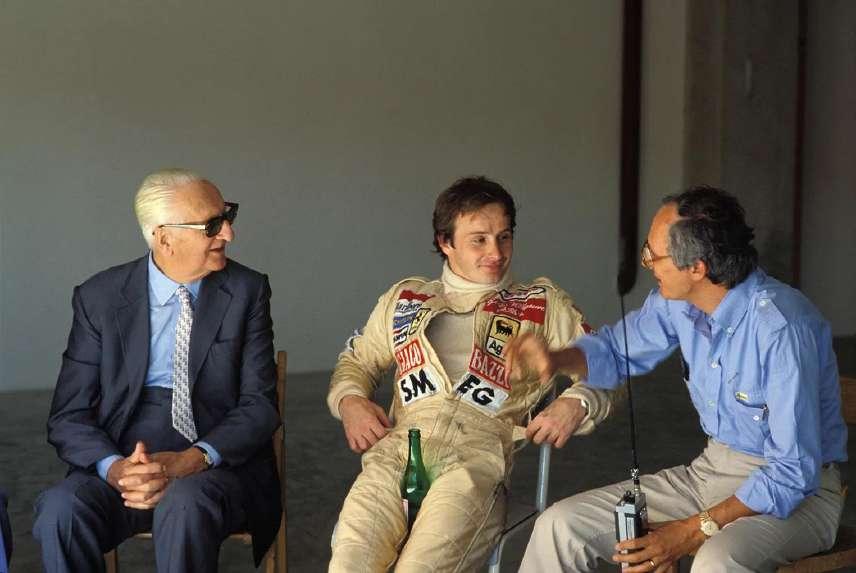
“I love this shot of a relaxed Gilles Villeneuve [center] with Enzo Ferrari [left] and Roberto Nosetto at an Imola test in 1980.”
Photo: © Foto Ercole Columbo
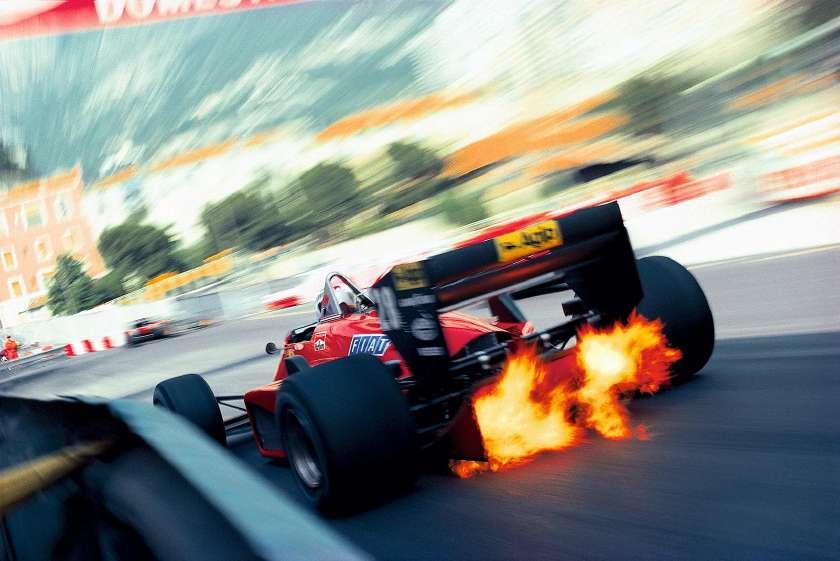
“Schlegelmilch’s most iconic Ferrari image, summing up his ‘freezing speed’technique. Stefan Johansson in Monaco 1985.”
Photo: Rainer Schlegelmilch

“Was there ever a more flamboyant driver than Gilles Villeneuve, power sliding here at Long Beach in 1980?”
Photo: © Foto Ercole Columbo

“The coolest F1 driver ever? MarioAndretti effortlessly styling it in Italy 1972.”

“We chose this as the front cover shot for the book as it says everything about the Scuderia; the color, passion, speed and style.”
Photo: Rainer Schlegelmilch
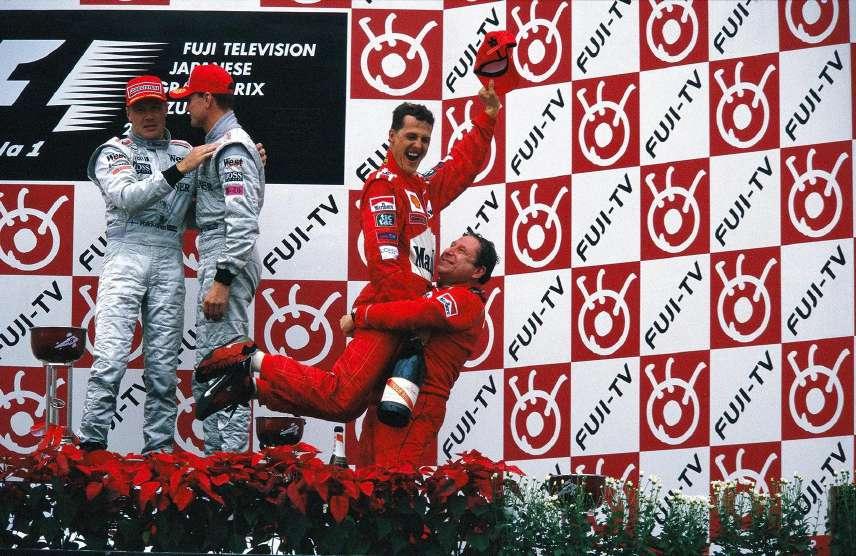
“Michael Schumacher’s greatest moment:The Japanese GP2000, when he finally won the world title for Ferrari…after a 21-year hiatus.”
Photo: Rainer Schlegelmilch
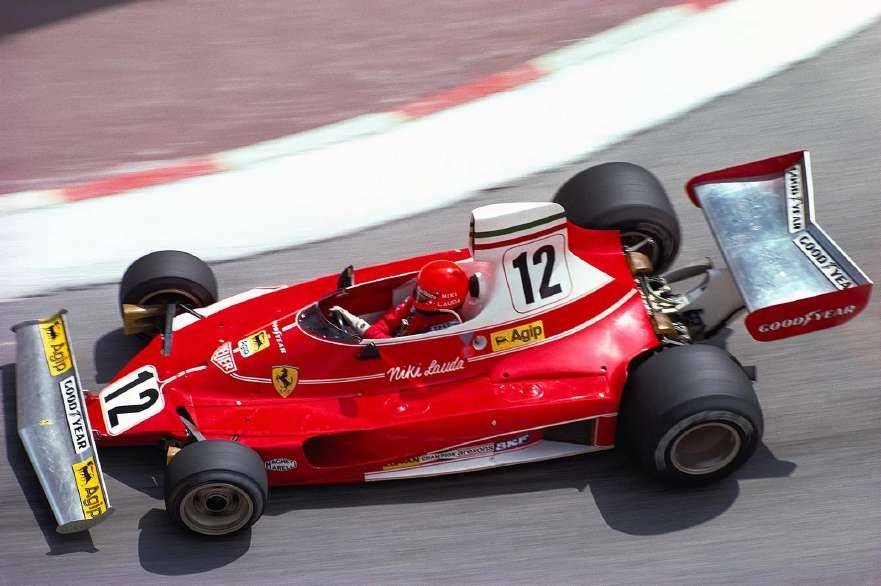
“A
classic Schlegelmilch Monaco GPshot.This one is of Niki Lauda in 1975.”
Photo: Rainer Schlegelmilch

“The passion for Ferrari is unrivaled in any sports team, let alone F1 team.The ‘tifosi’really show it when Ferrari wins in Monza.”
Photo: Rainer Schlegelmilch
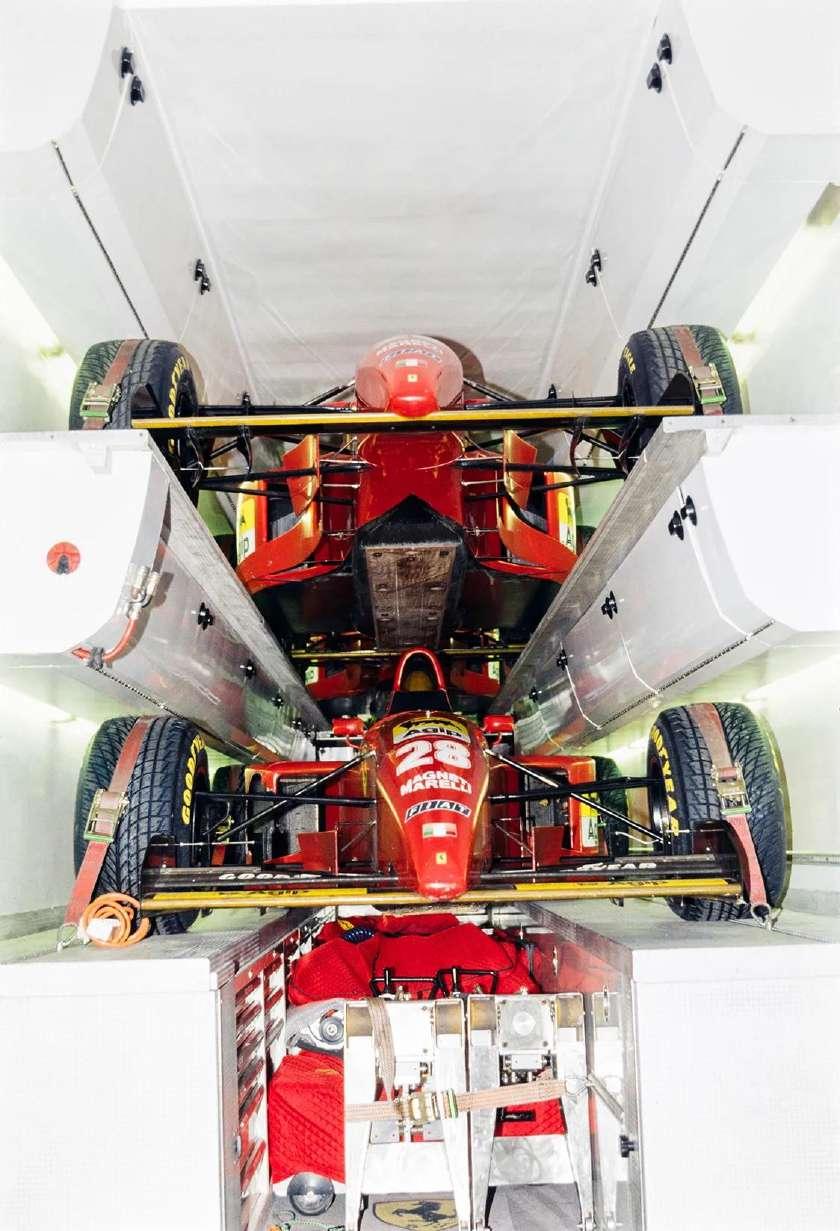
“Alovely imaginative composition of
from 1995.”
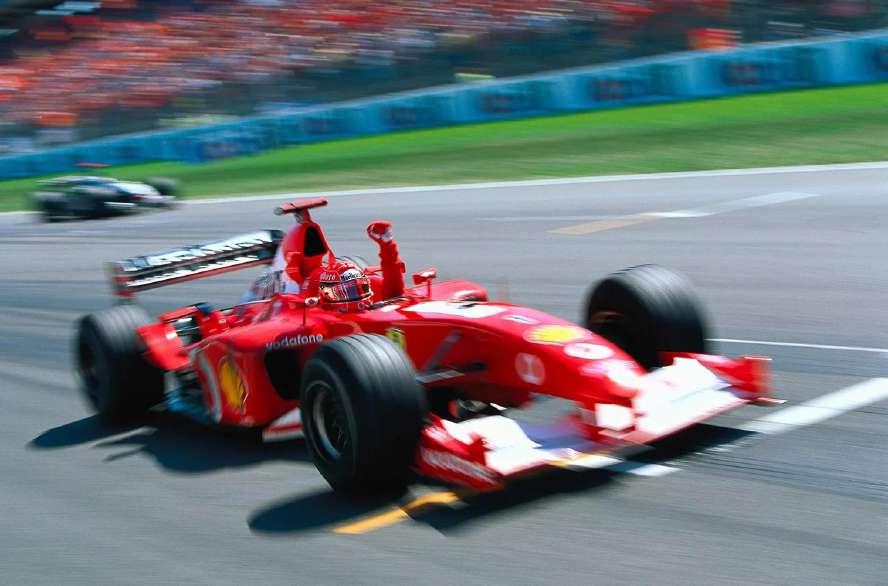
“Another win for Schumacher. With him, JeanTodt and Ross Brawn, Ferrari were unbeatable in the early 2000s.”
Photo: Rainer Schlegelmilch
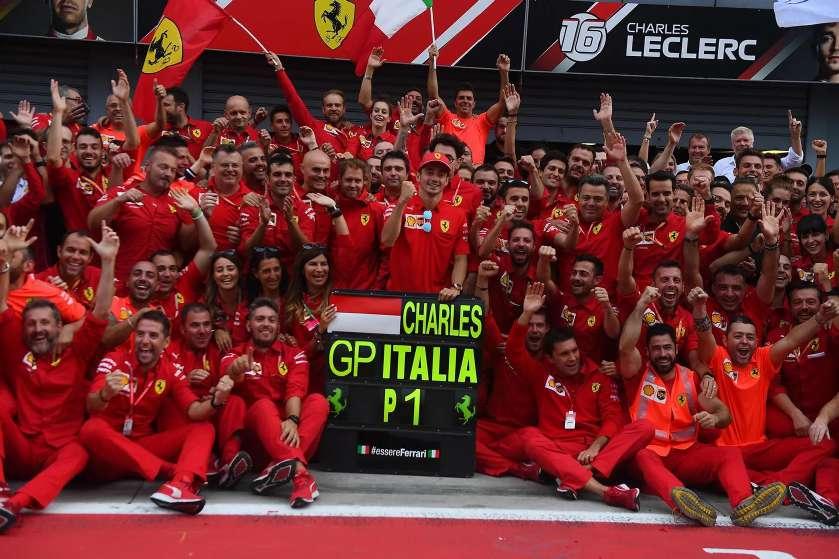
“Charles Leclerc’s Ferrari career started well; he won Monza in 2019. But the Scuderia has been going though tough times since.”
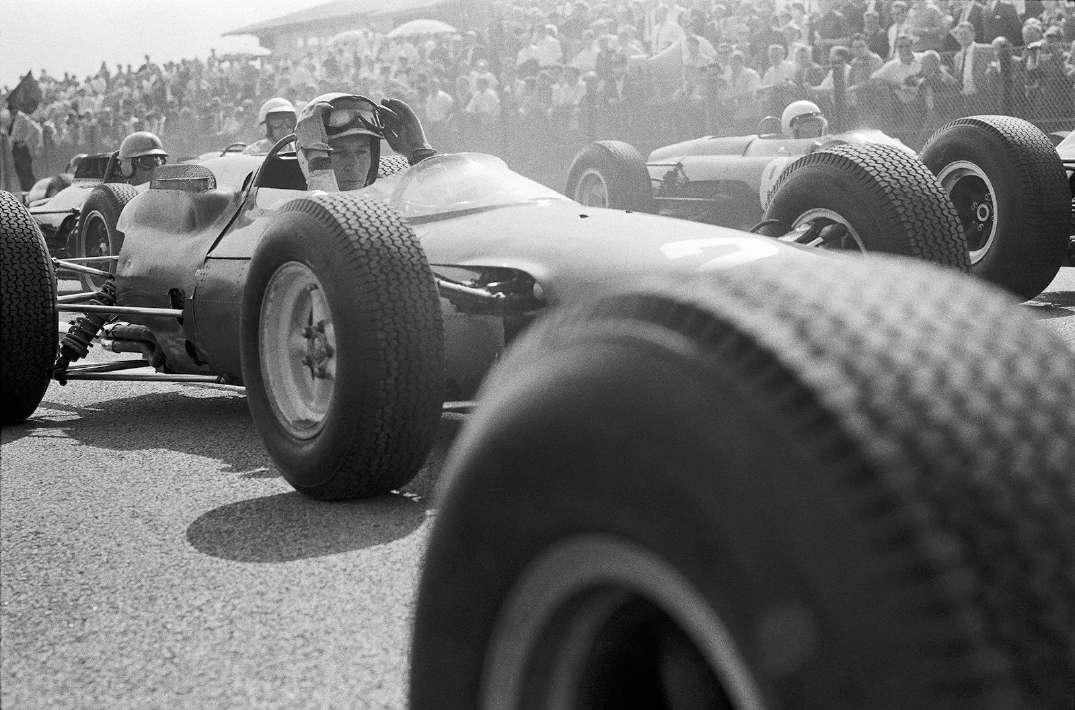
“John
Surtees in the thick of the action at the Dutch GPin 1964.Amazing access so close to the cars at the start.”
Photo: Rainer Schlegelmilch
Link:
https://www.insidehook.com/article/vehicles/photographic-history-scuderia-ferrari-f1/slides/slide-7 72839
